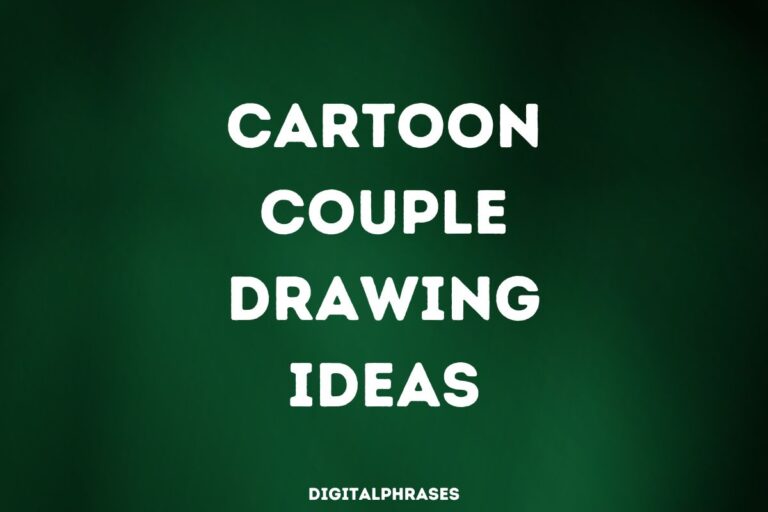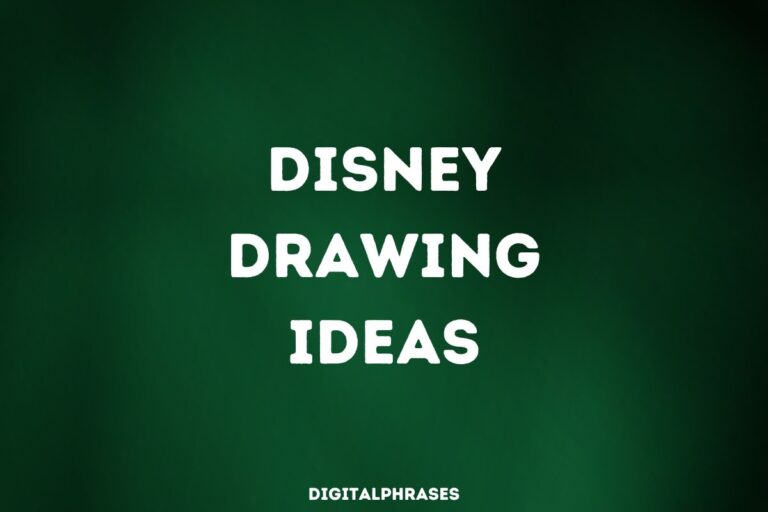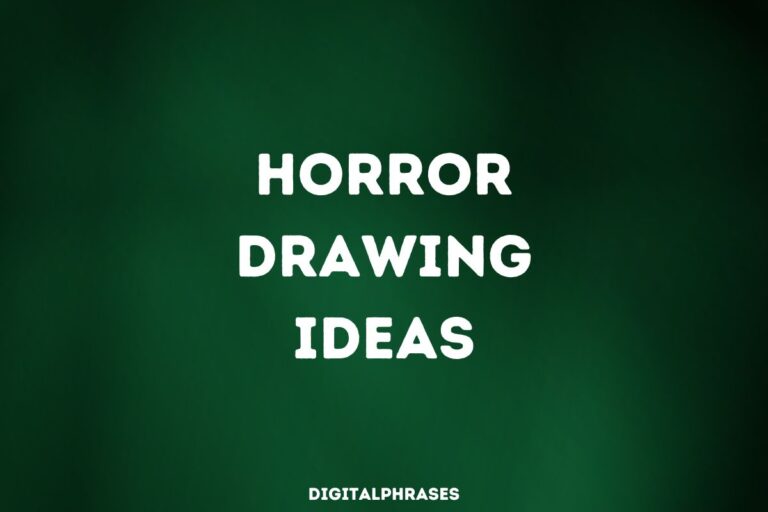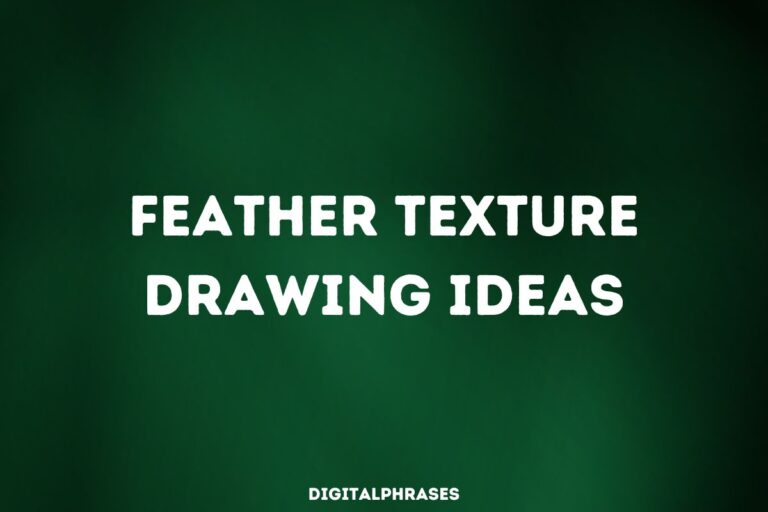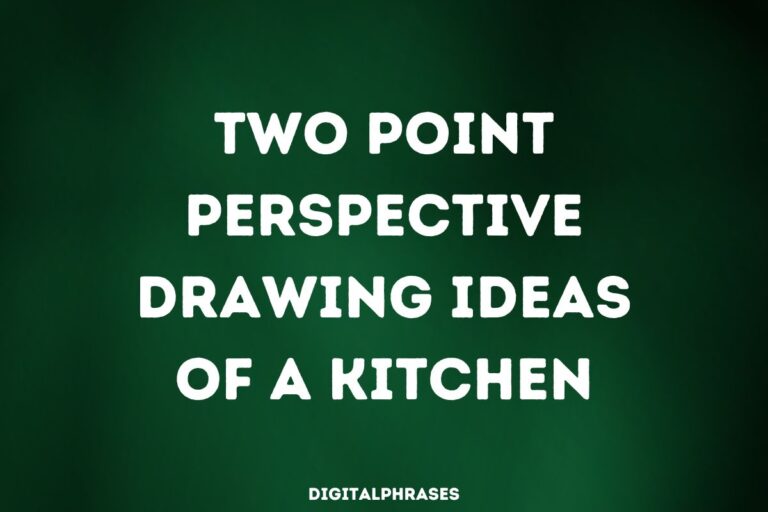67 Dark Drawing Ideas
Art has long been a medium through which artists express their deepest emotions, thoughts, and perspectives on the world around them. Within this broad spectrum, dark art—often characterized by themes of mystery, melancholy, the macabre, and the surreal—offers a powerful avenue for conveying complex and often intense emotions.
While dark drawing ideas can be both captivating and unsettling, executing them effectively requires a keen focus on various aspects, from technical skills to thematic coherence.
In this blog post, we’ll delve into some amazing ideas that will help you bring these elements to life.
1

2
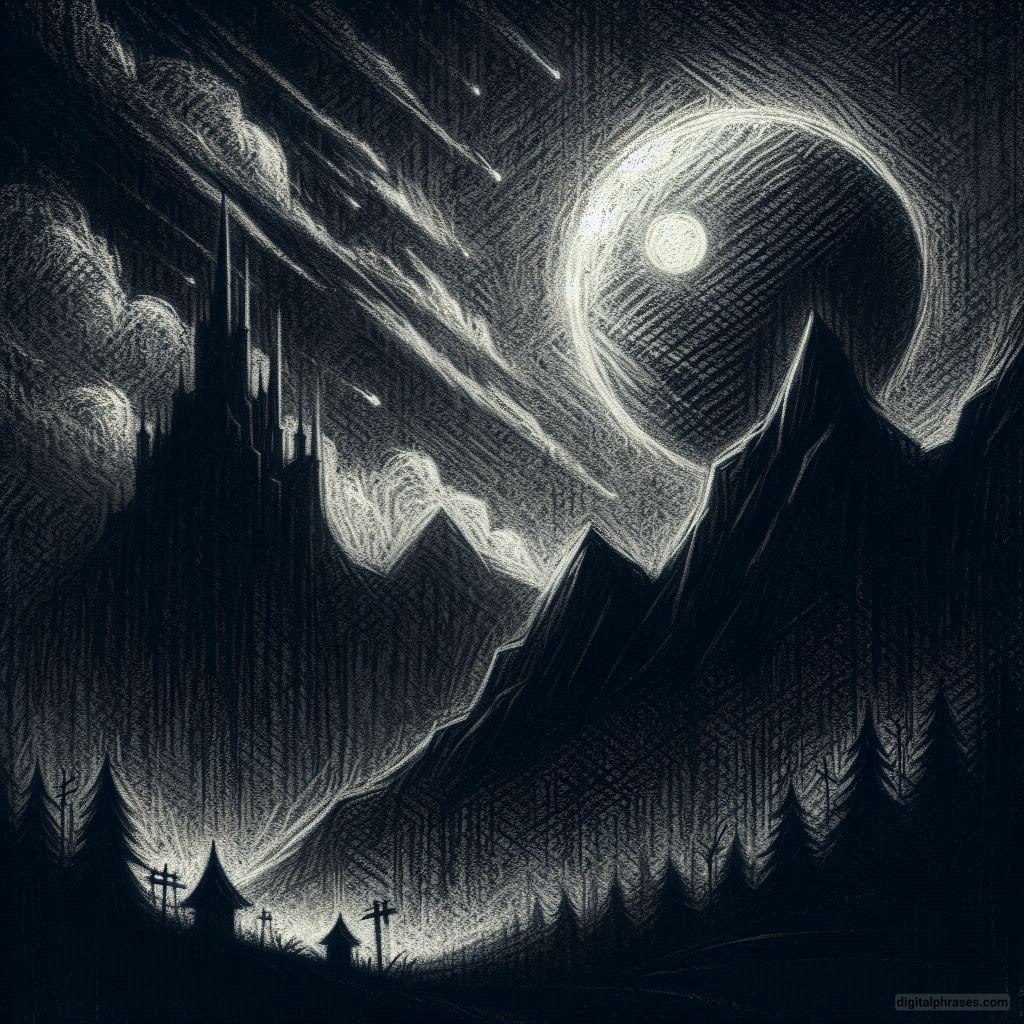
3
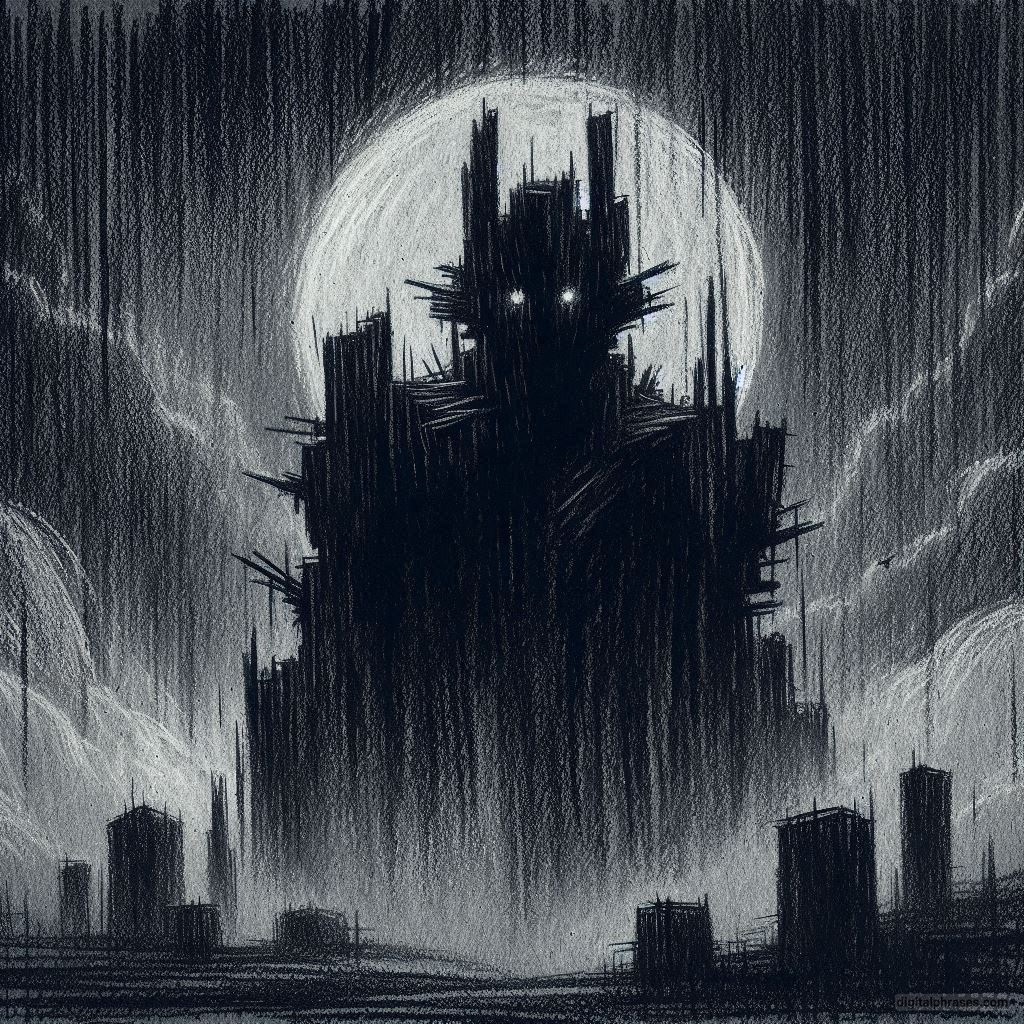
4
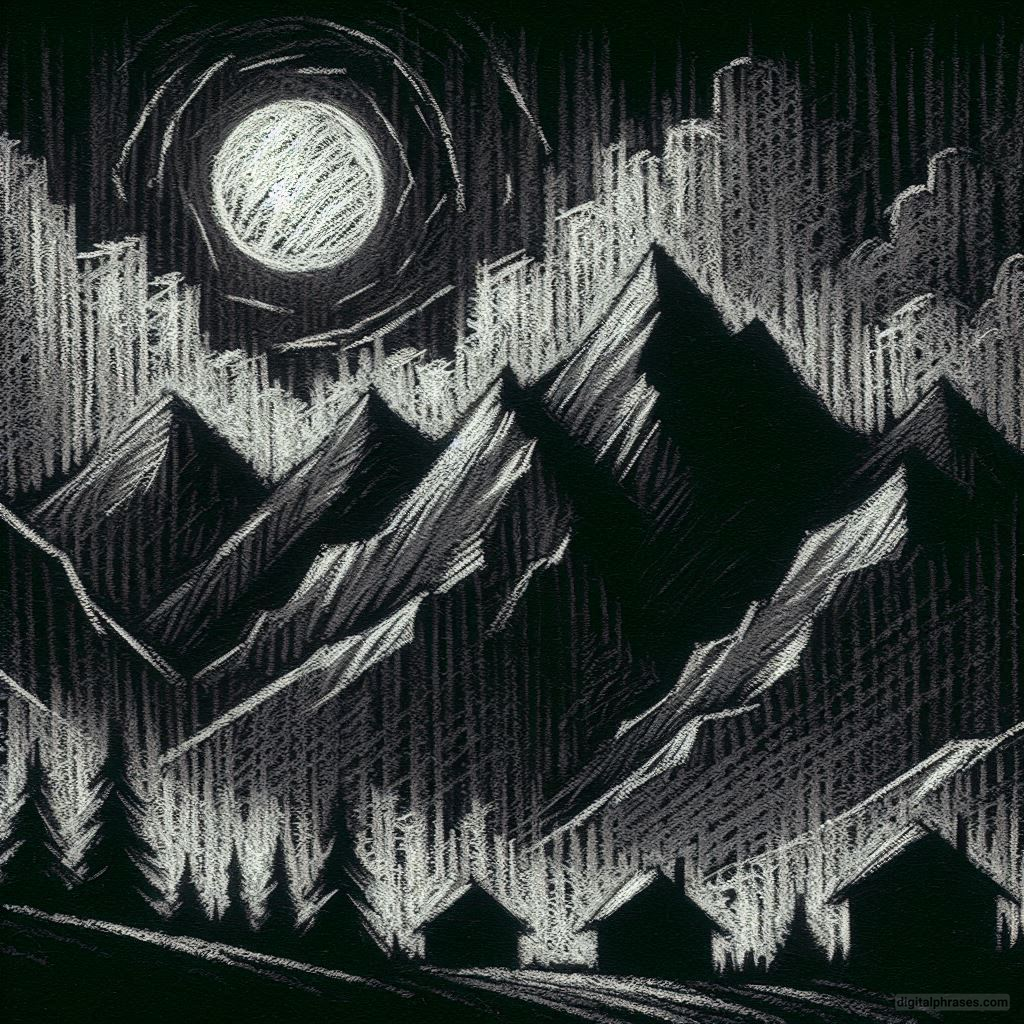
5
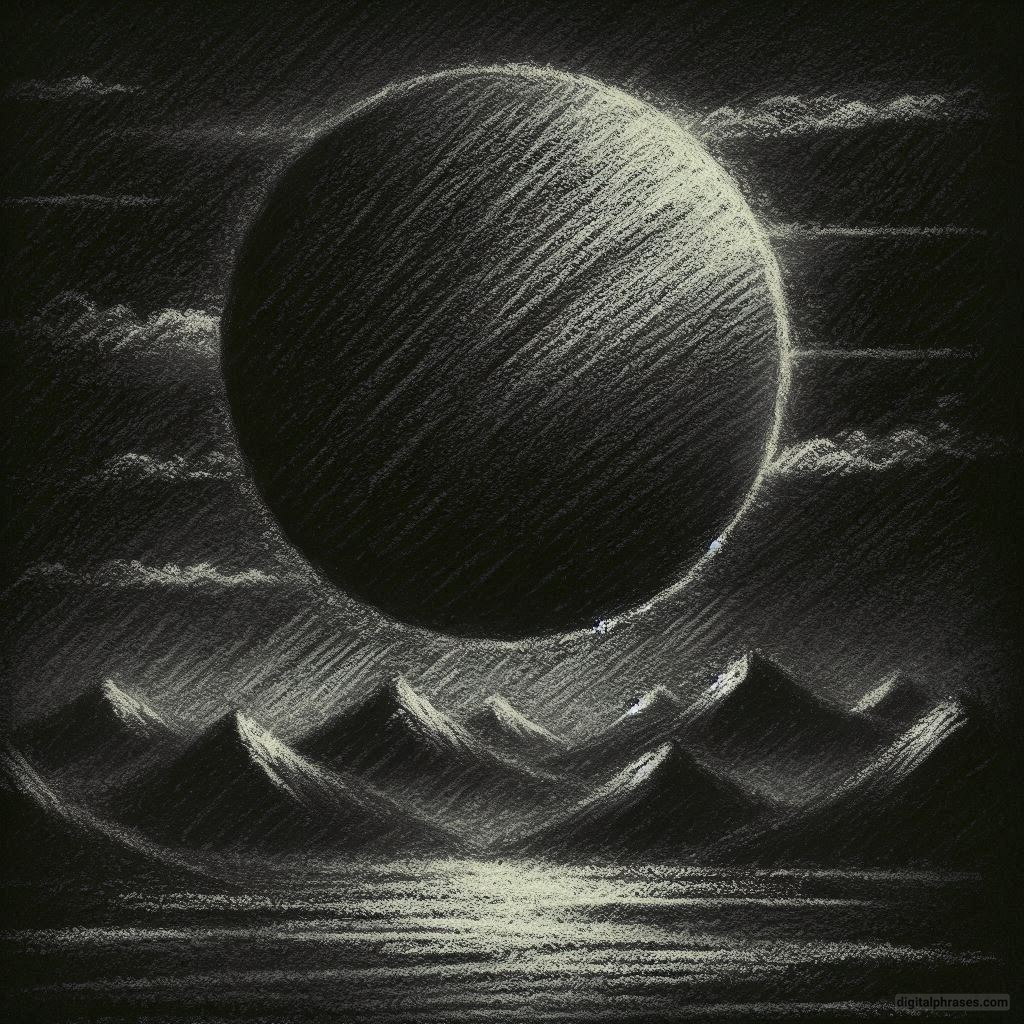
6
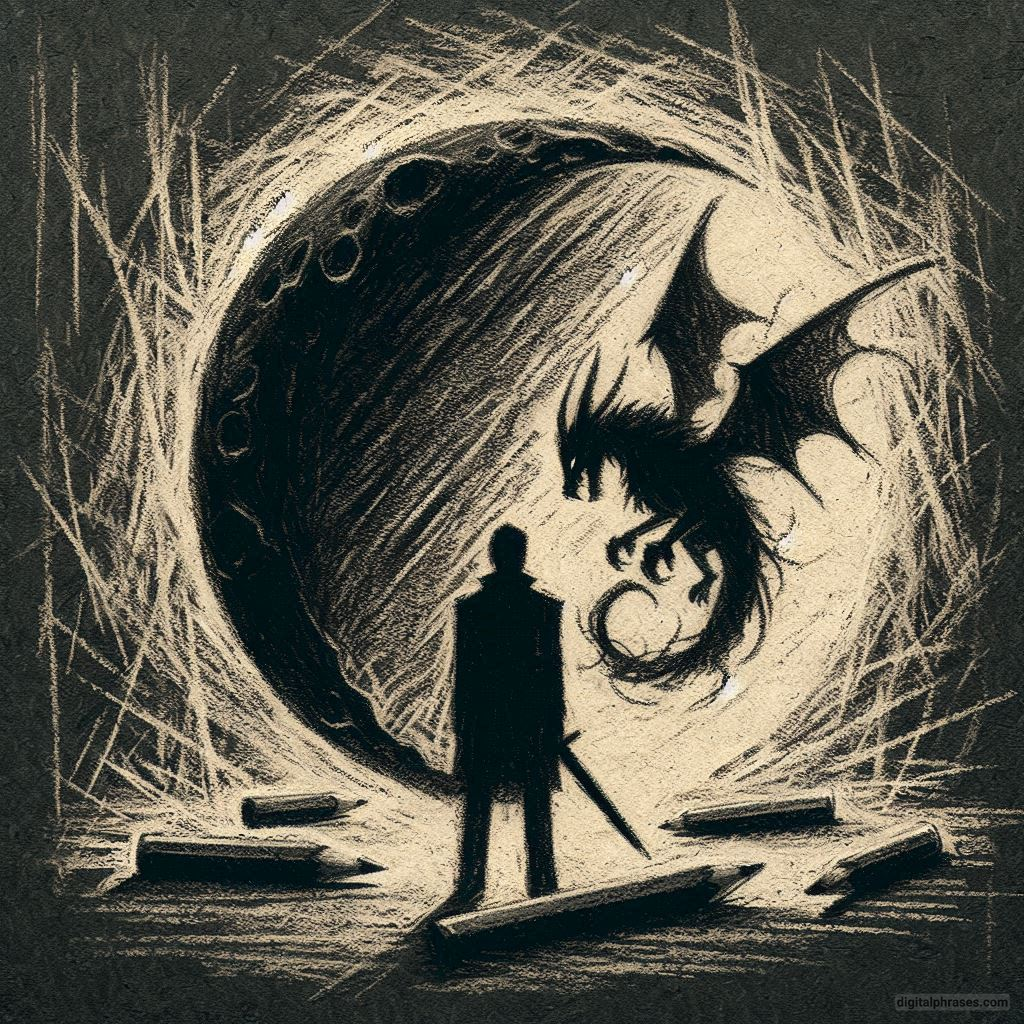
7
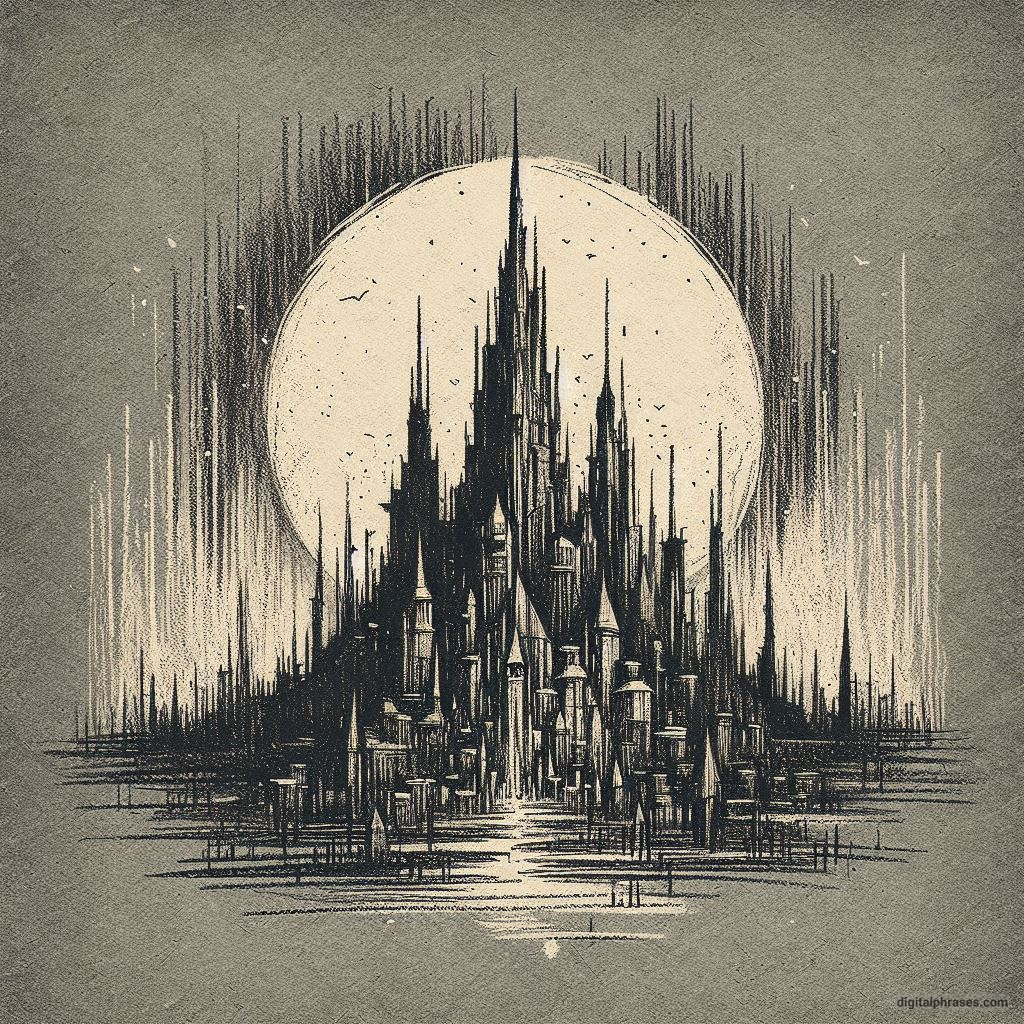
8
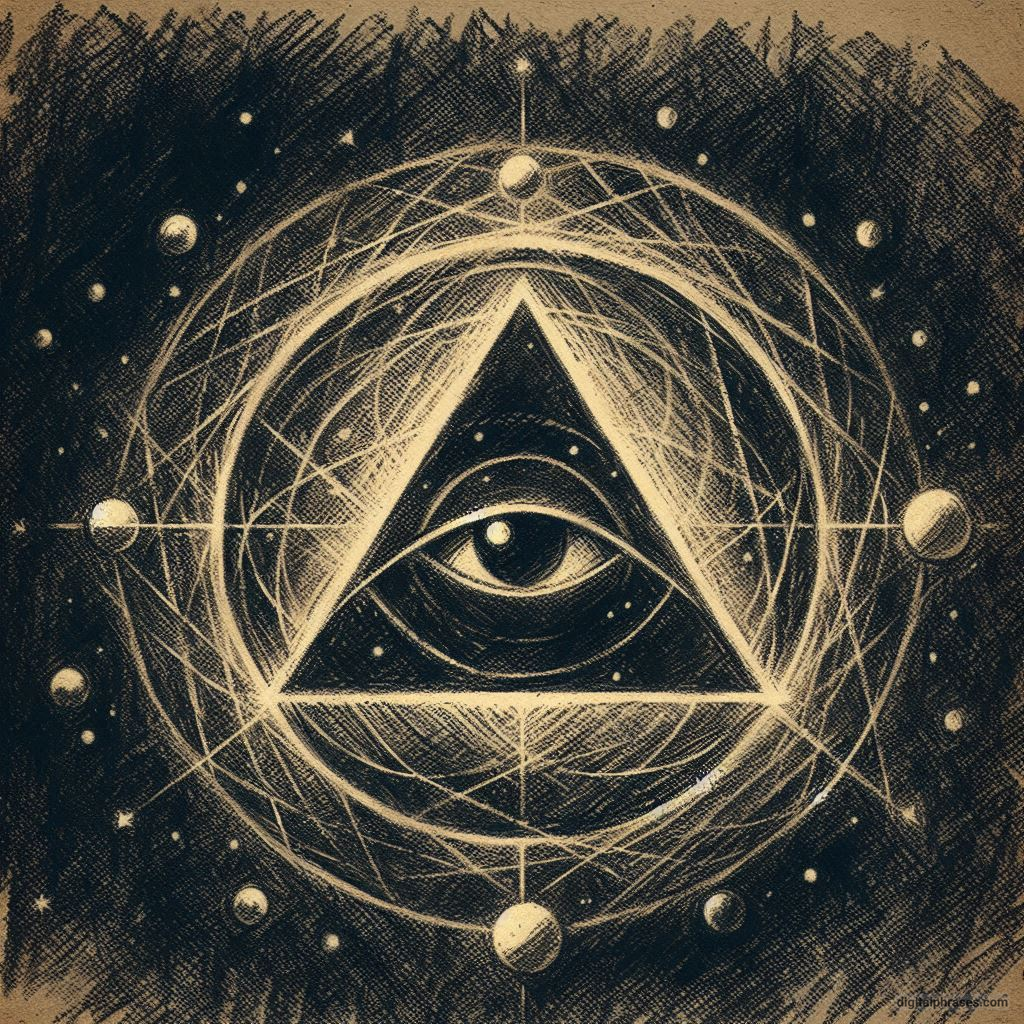
9
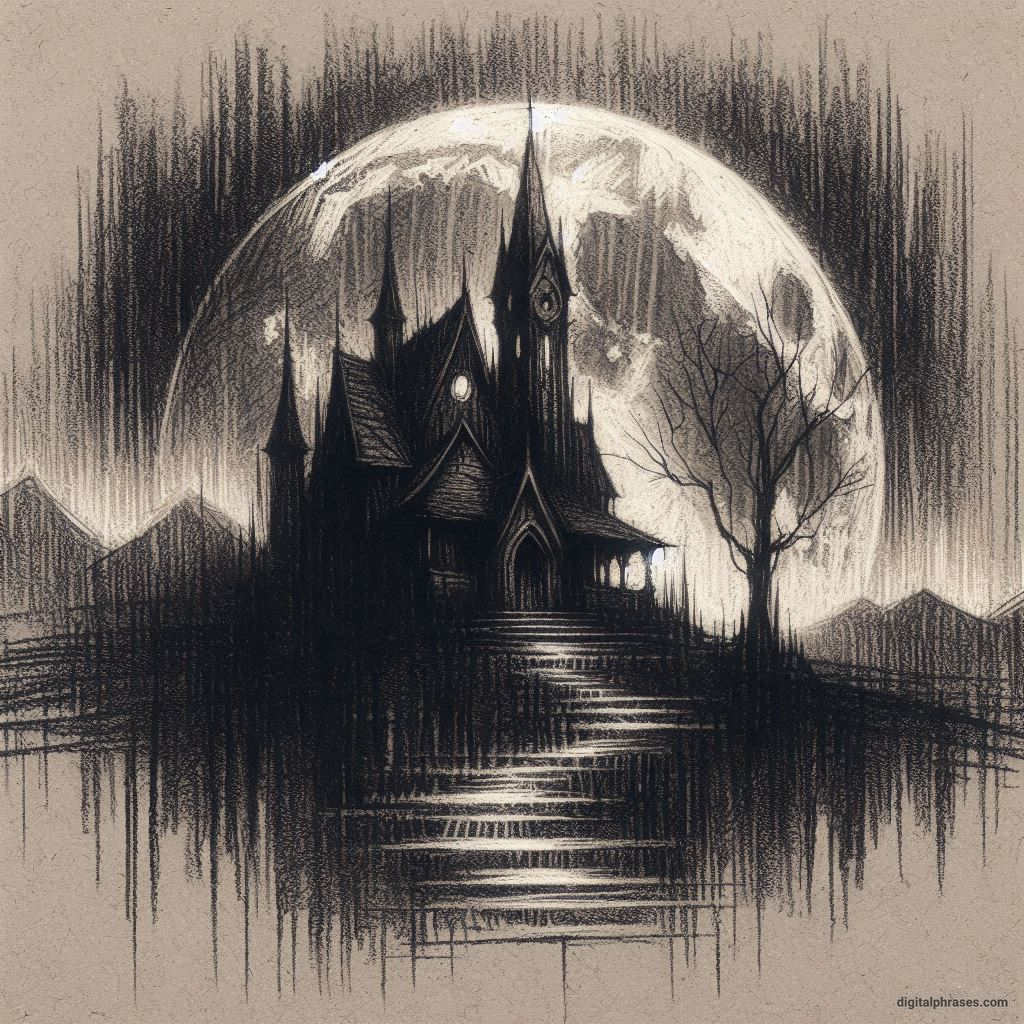
10
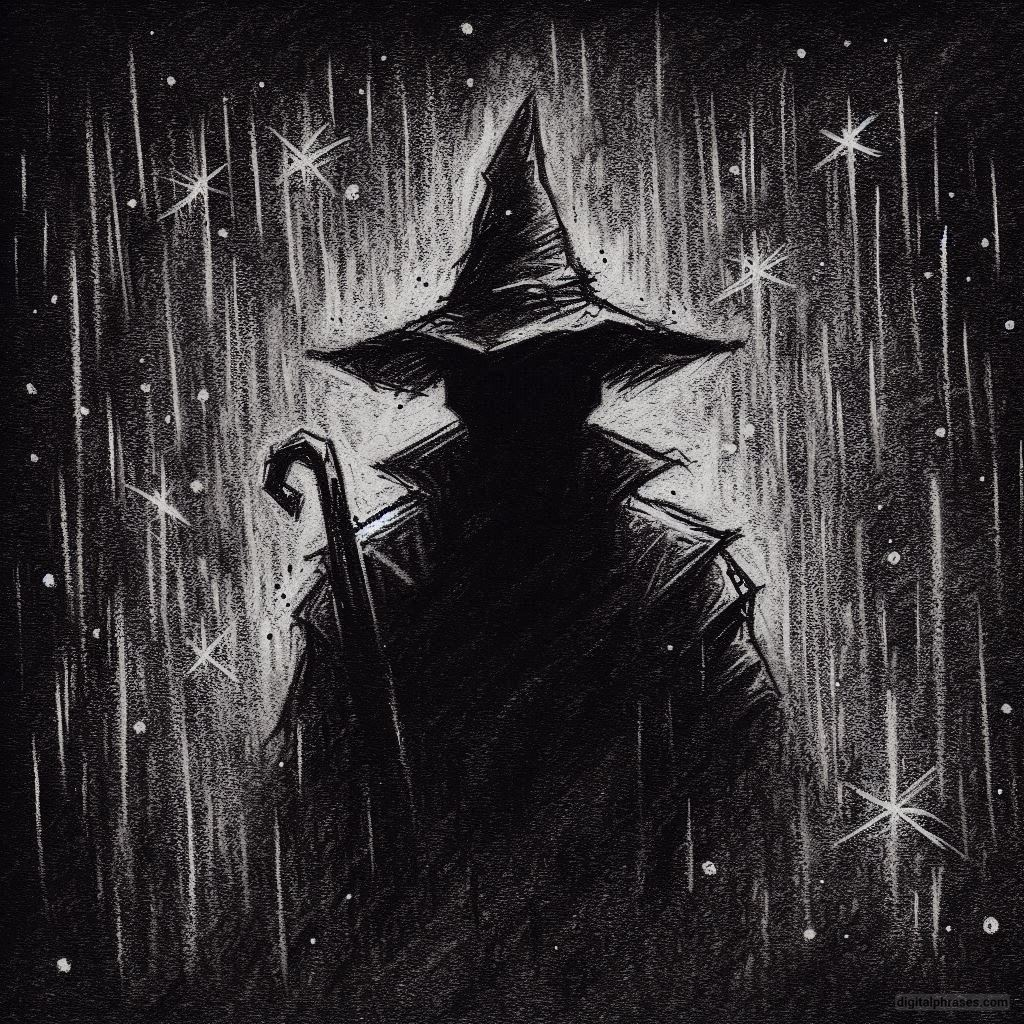
11
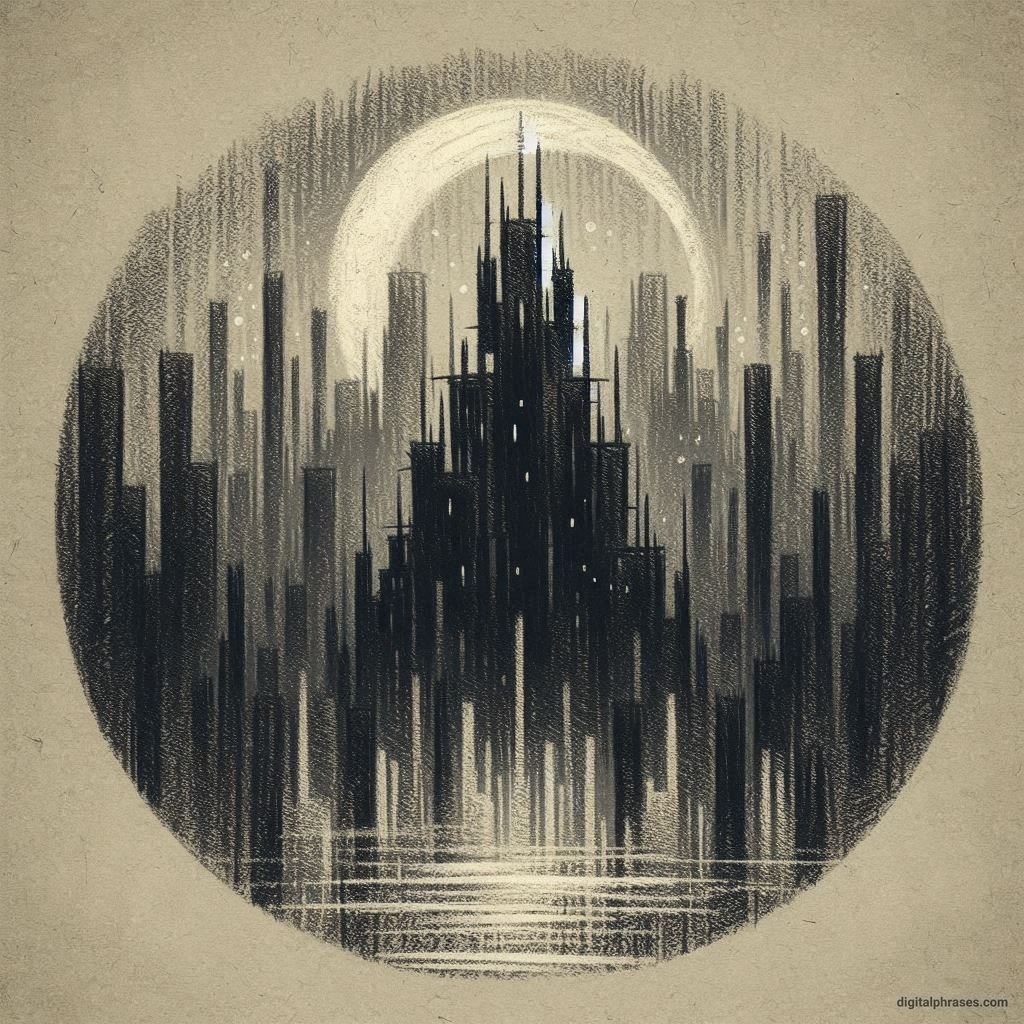
12
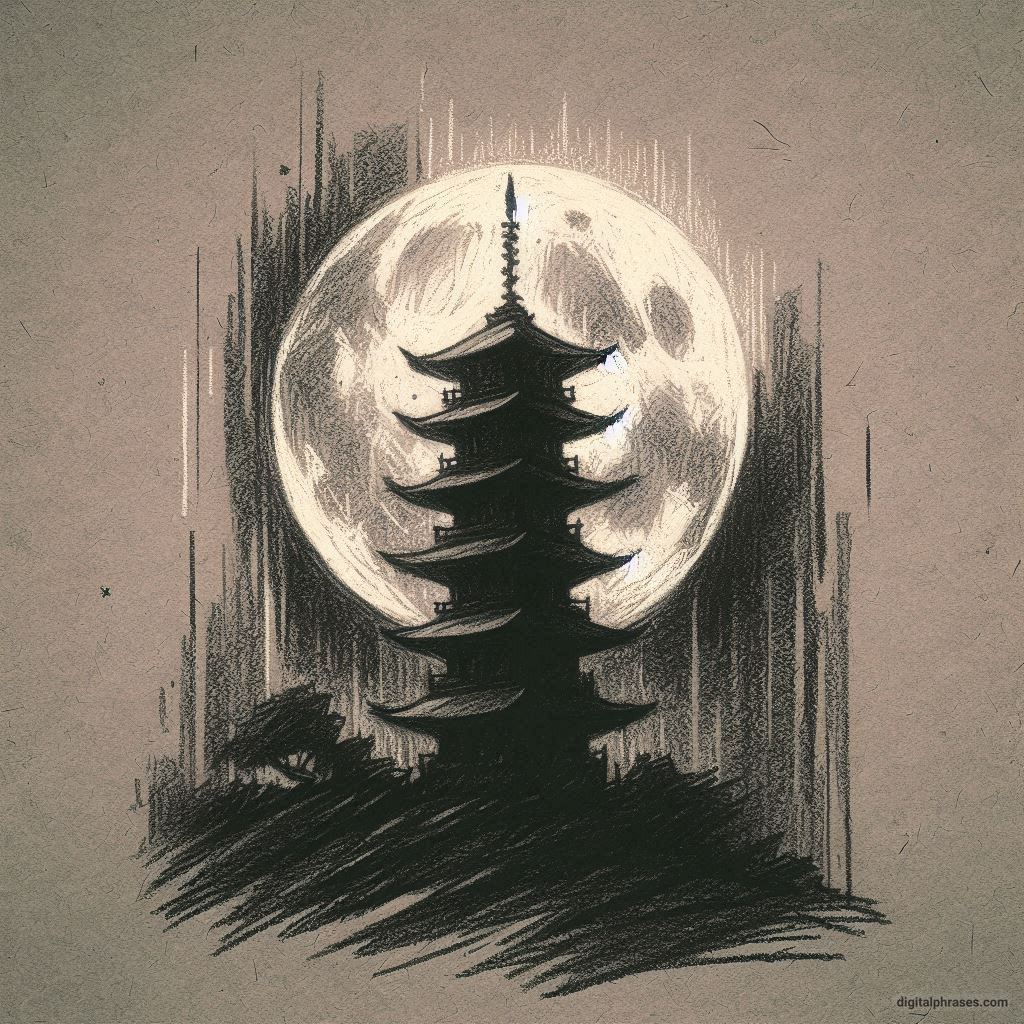
13
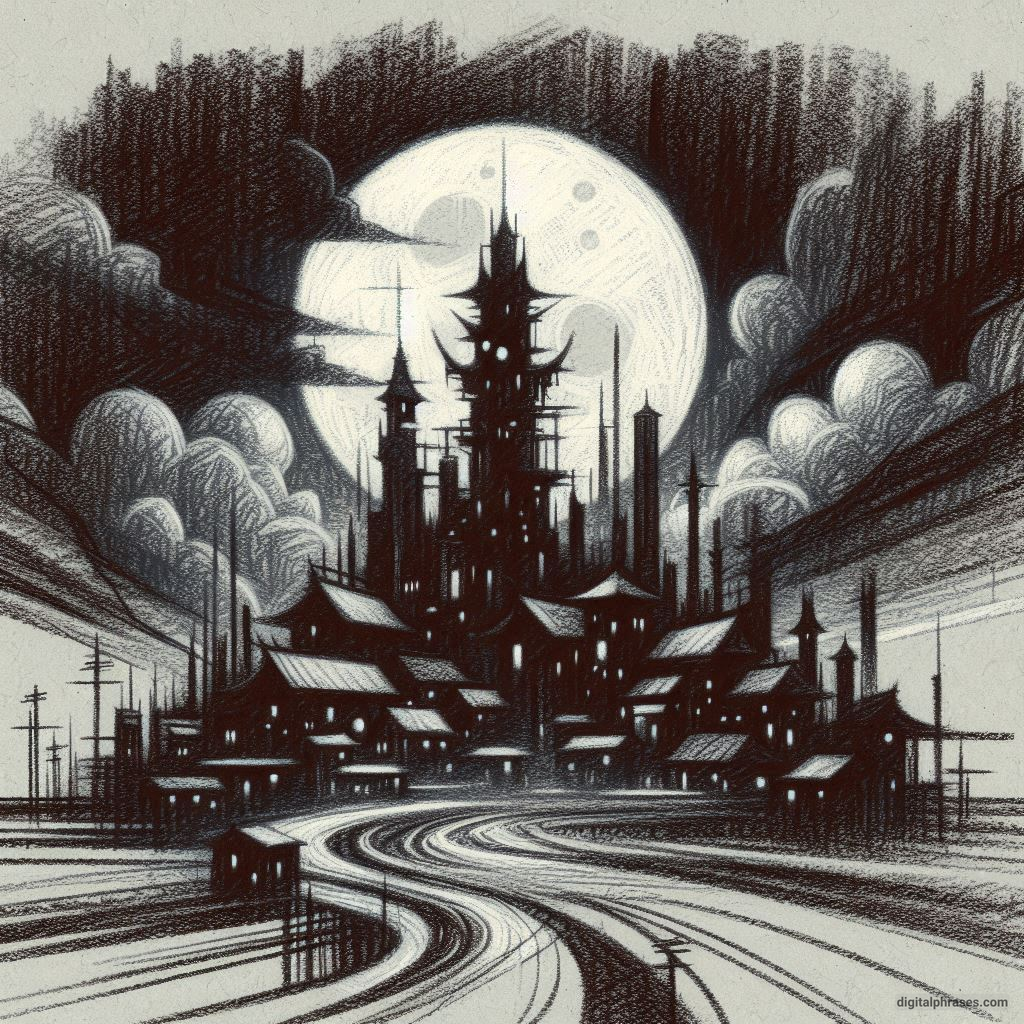
14
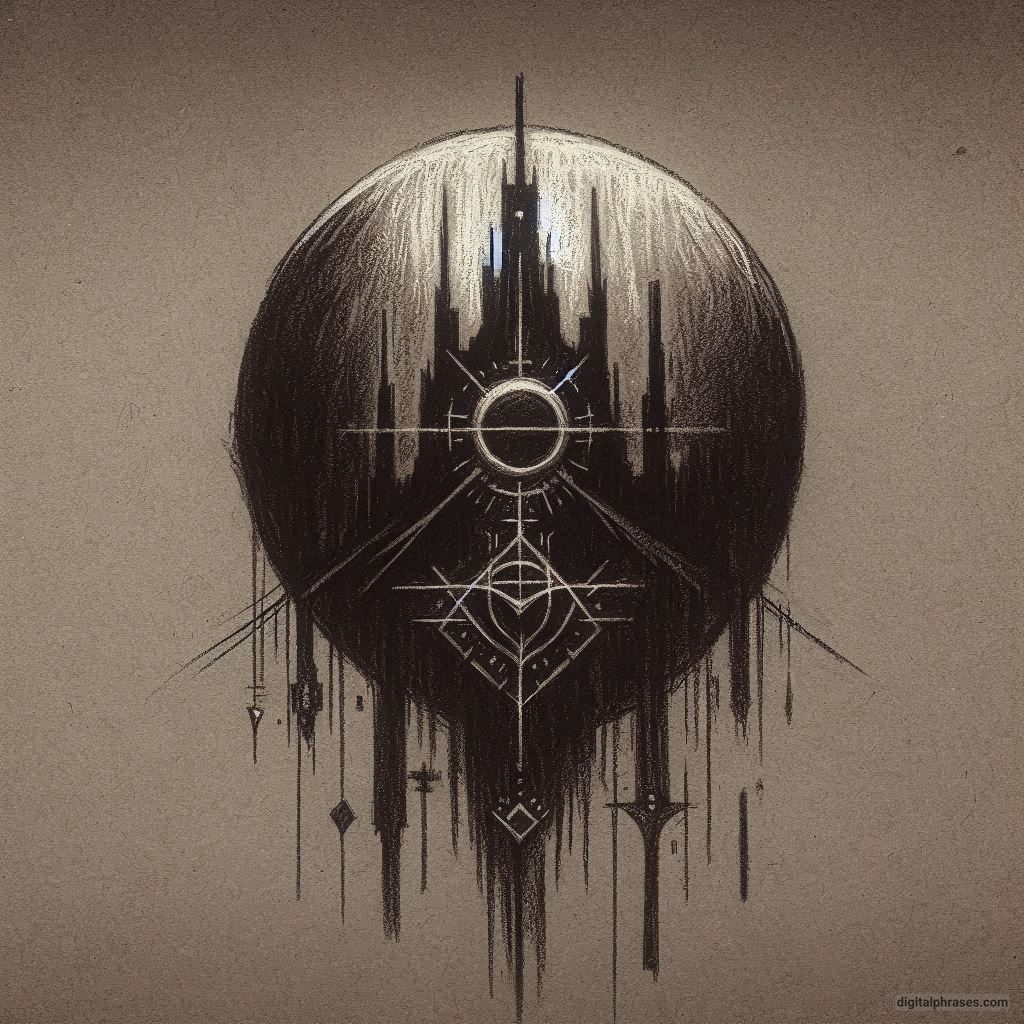
15
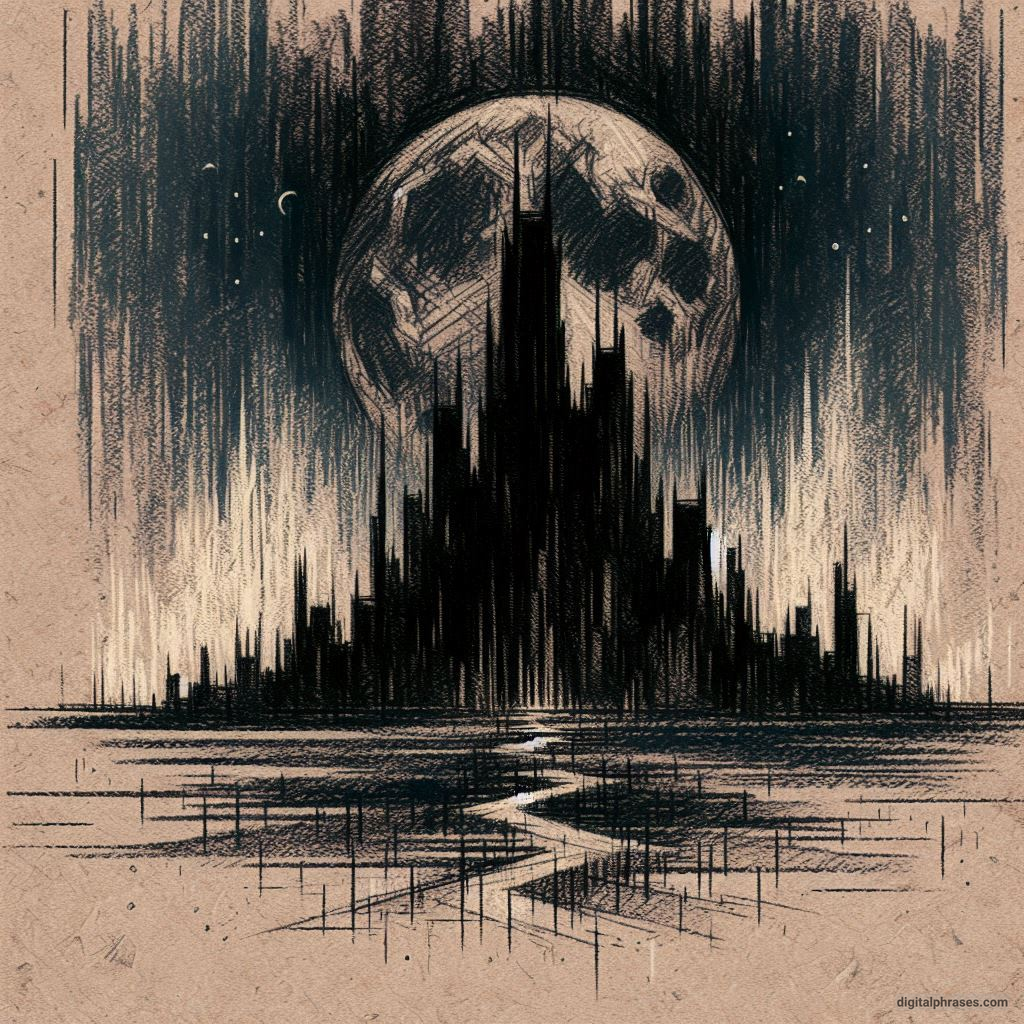
16

17
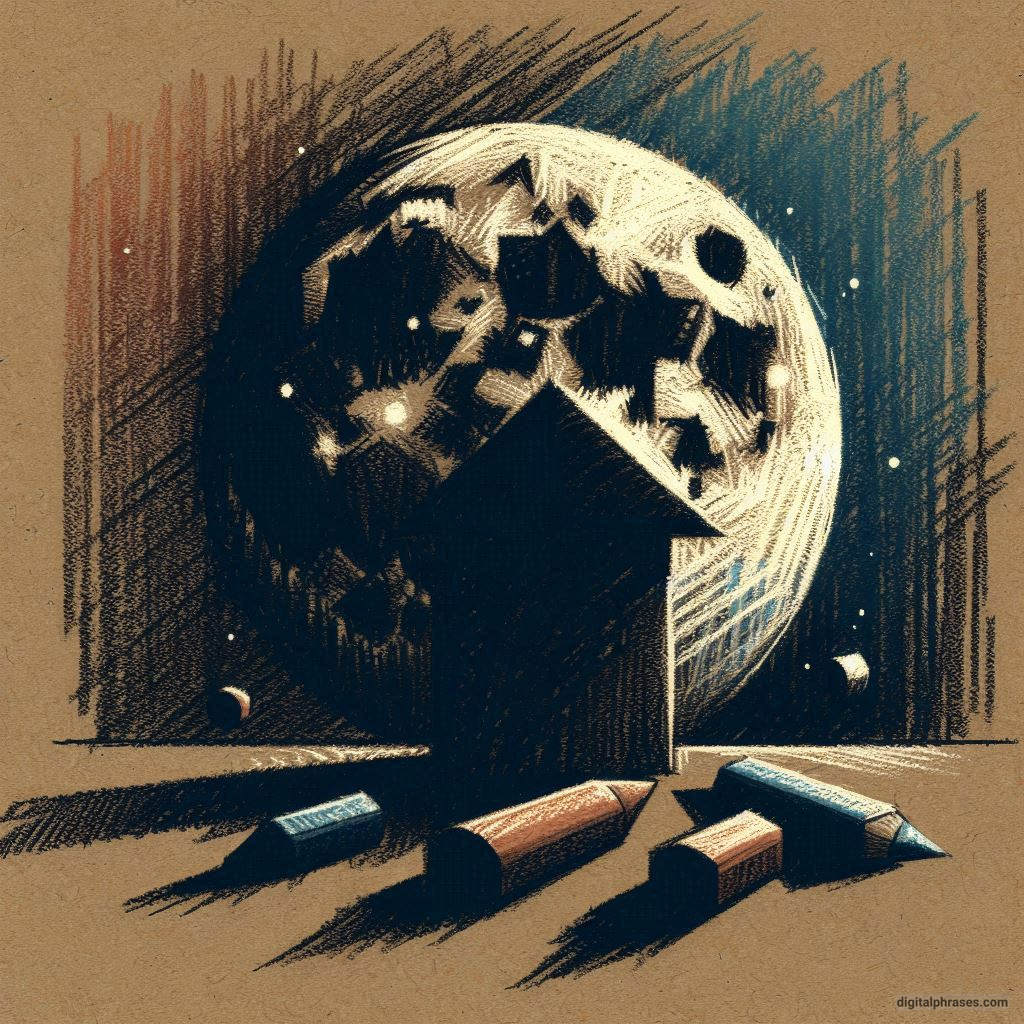
18
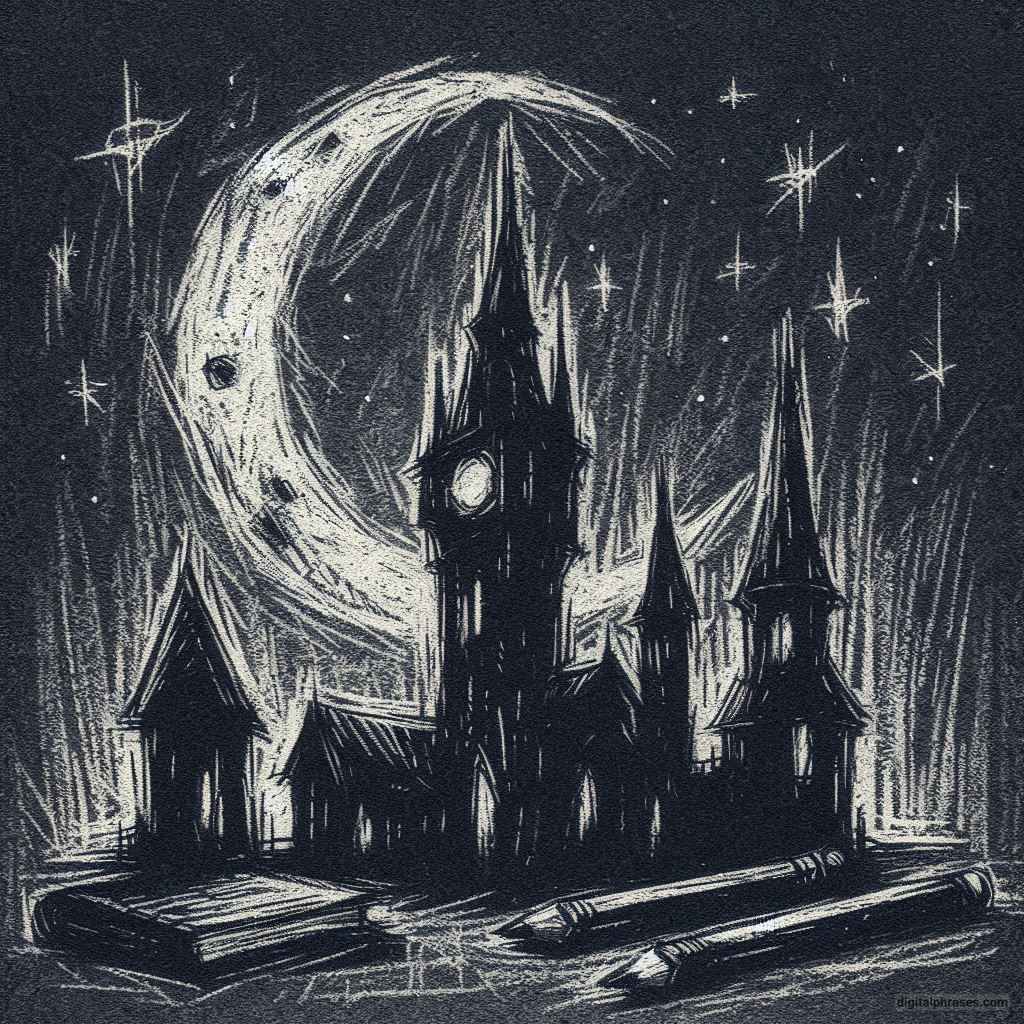
19
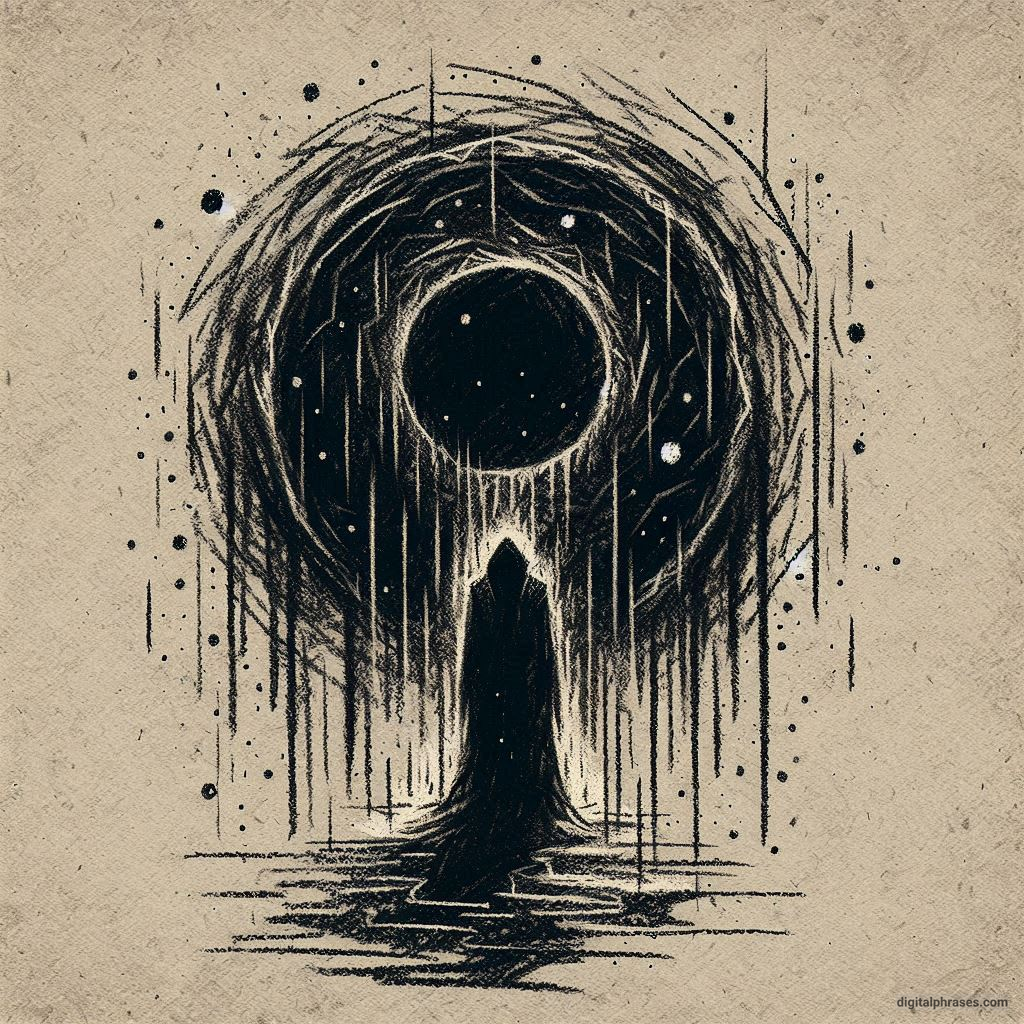
20

21
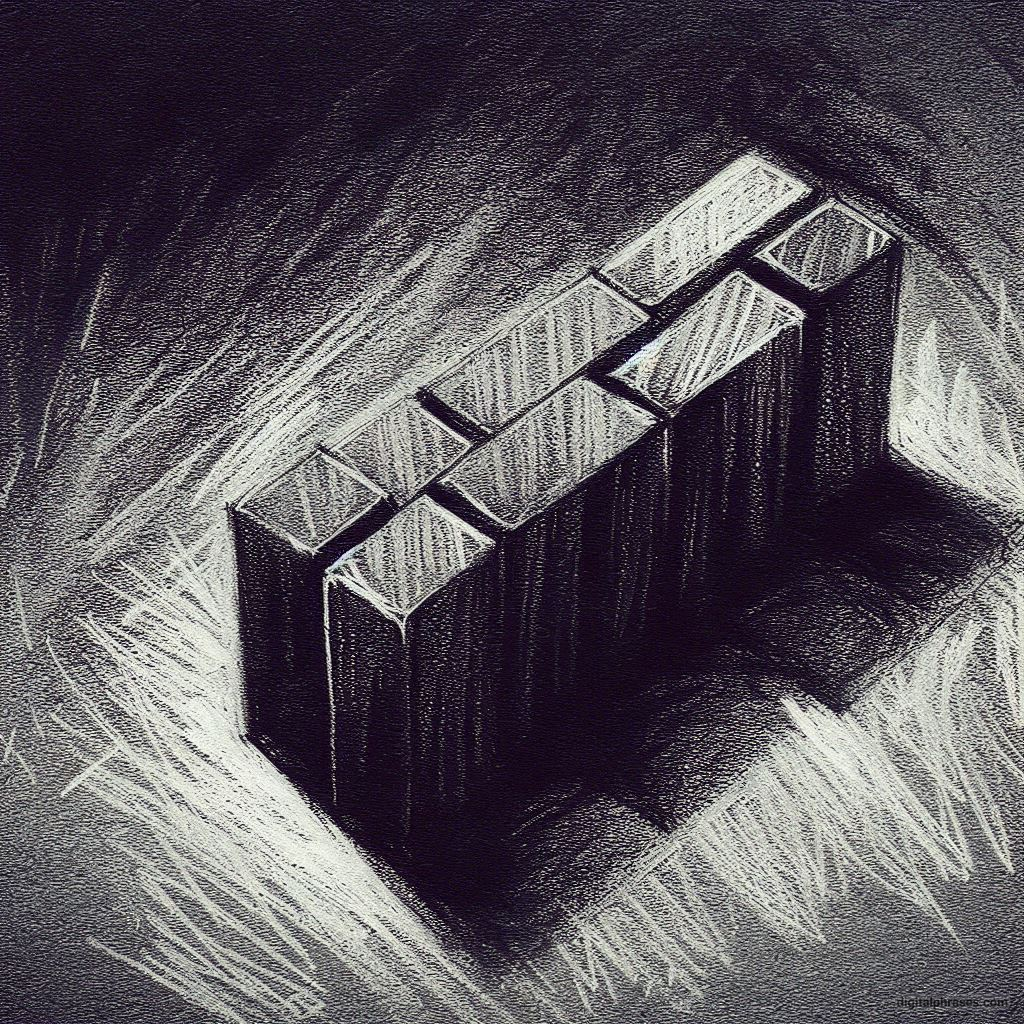
22
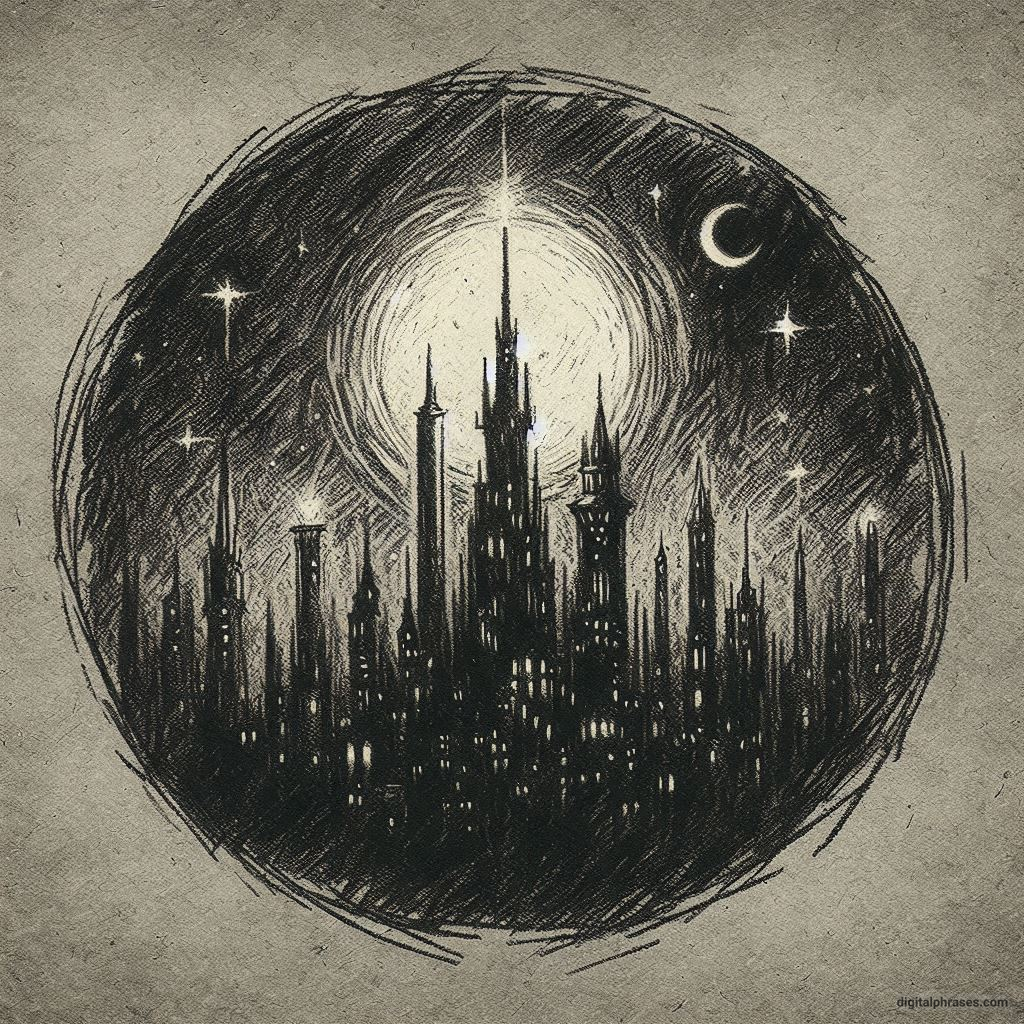
23

24
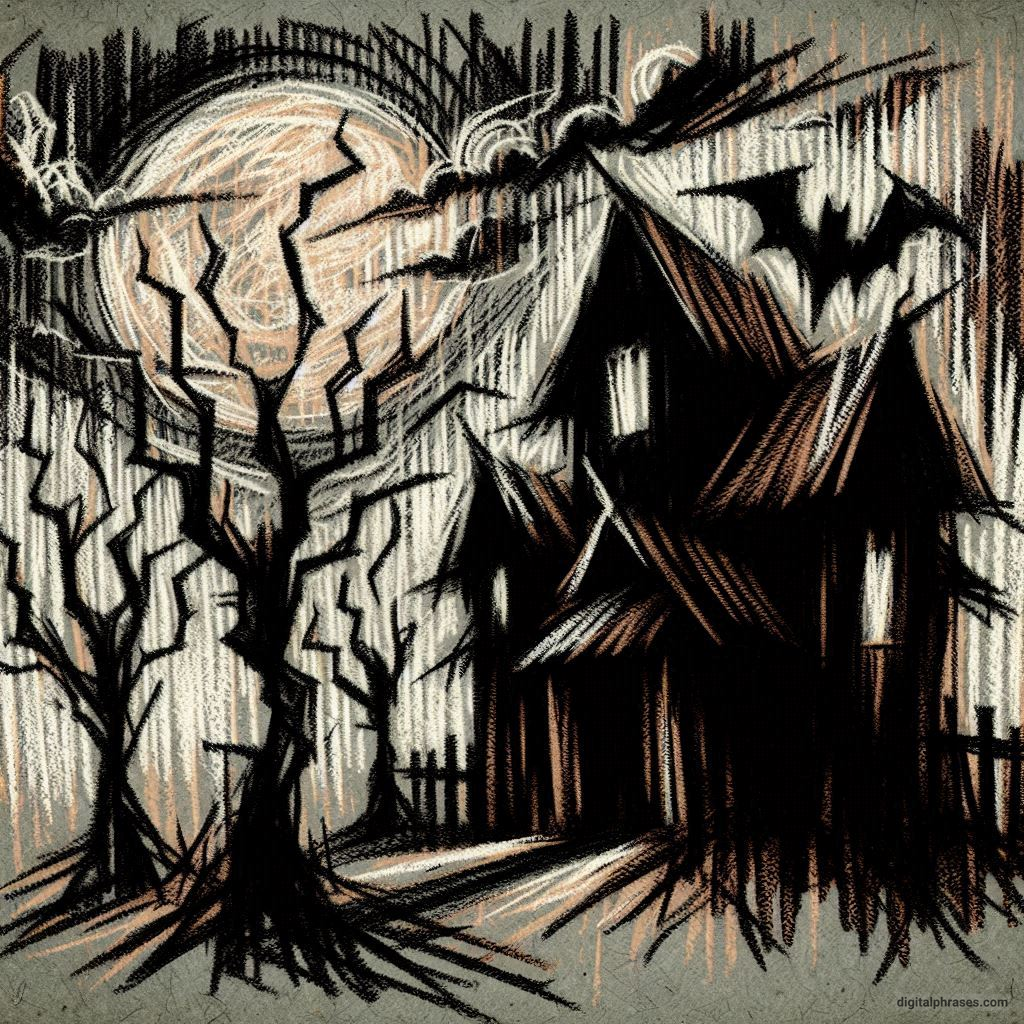
25
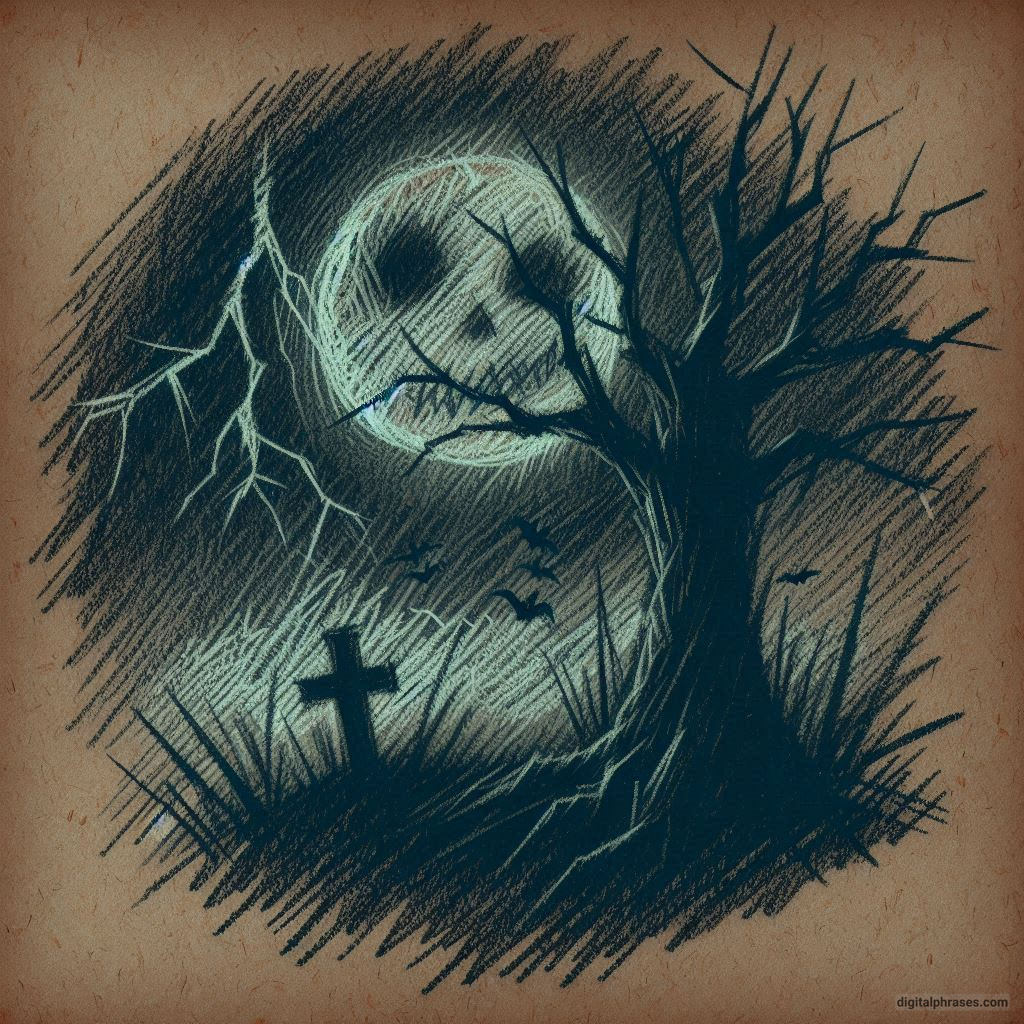
26
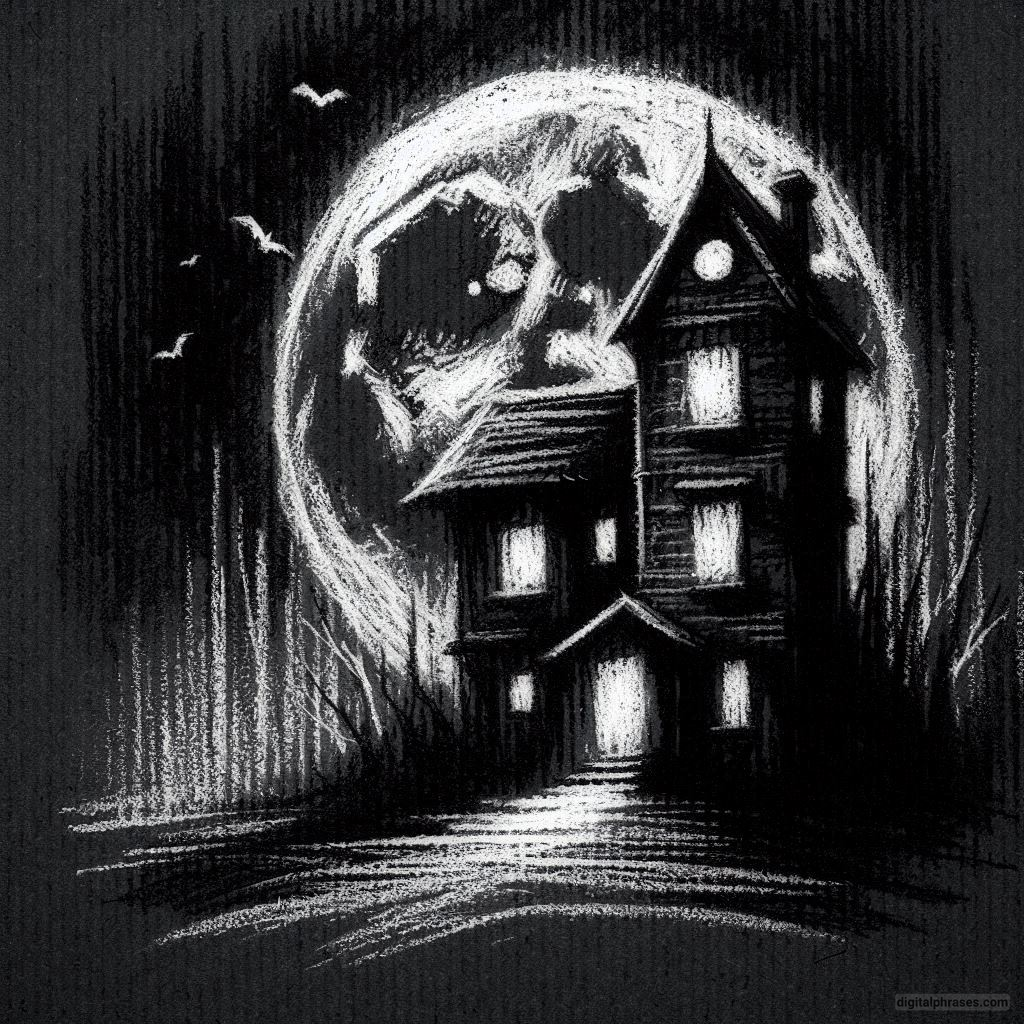
27
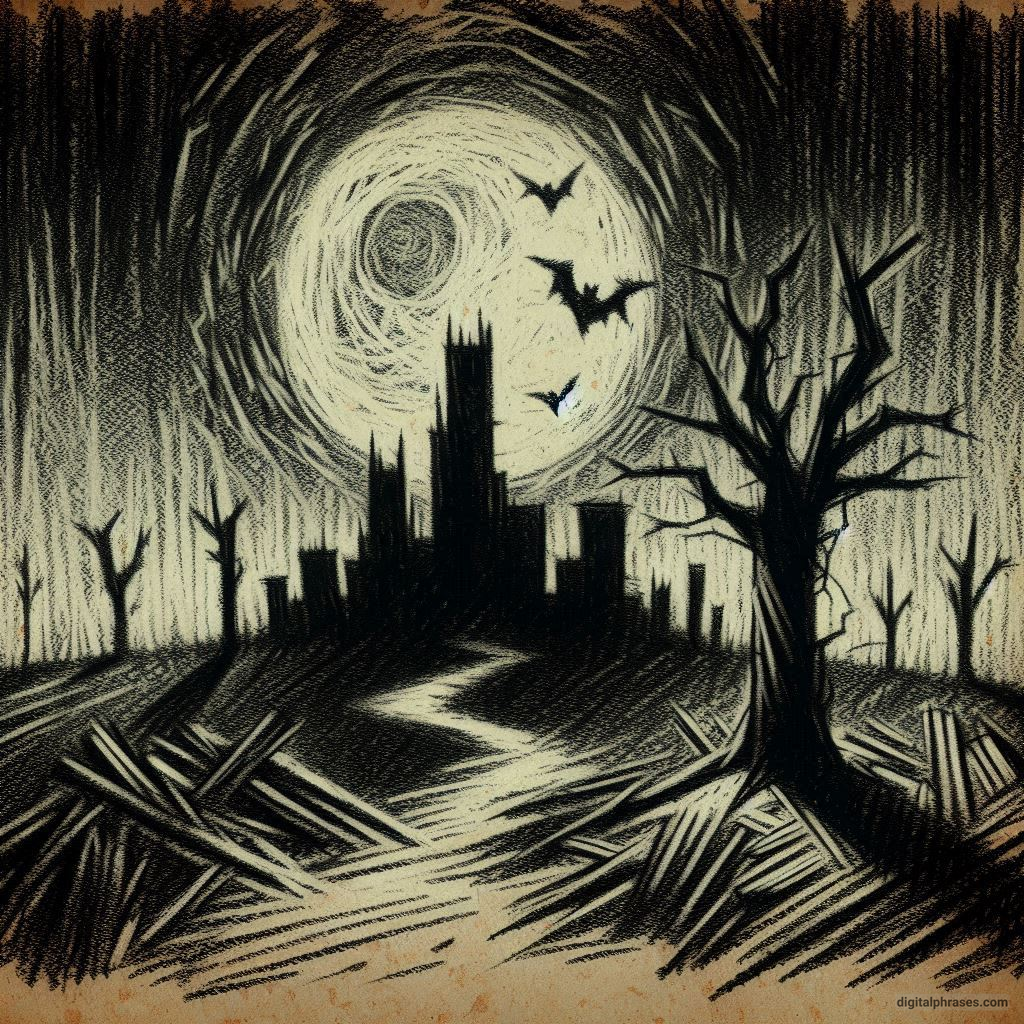
28
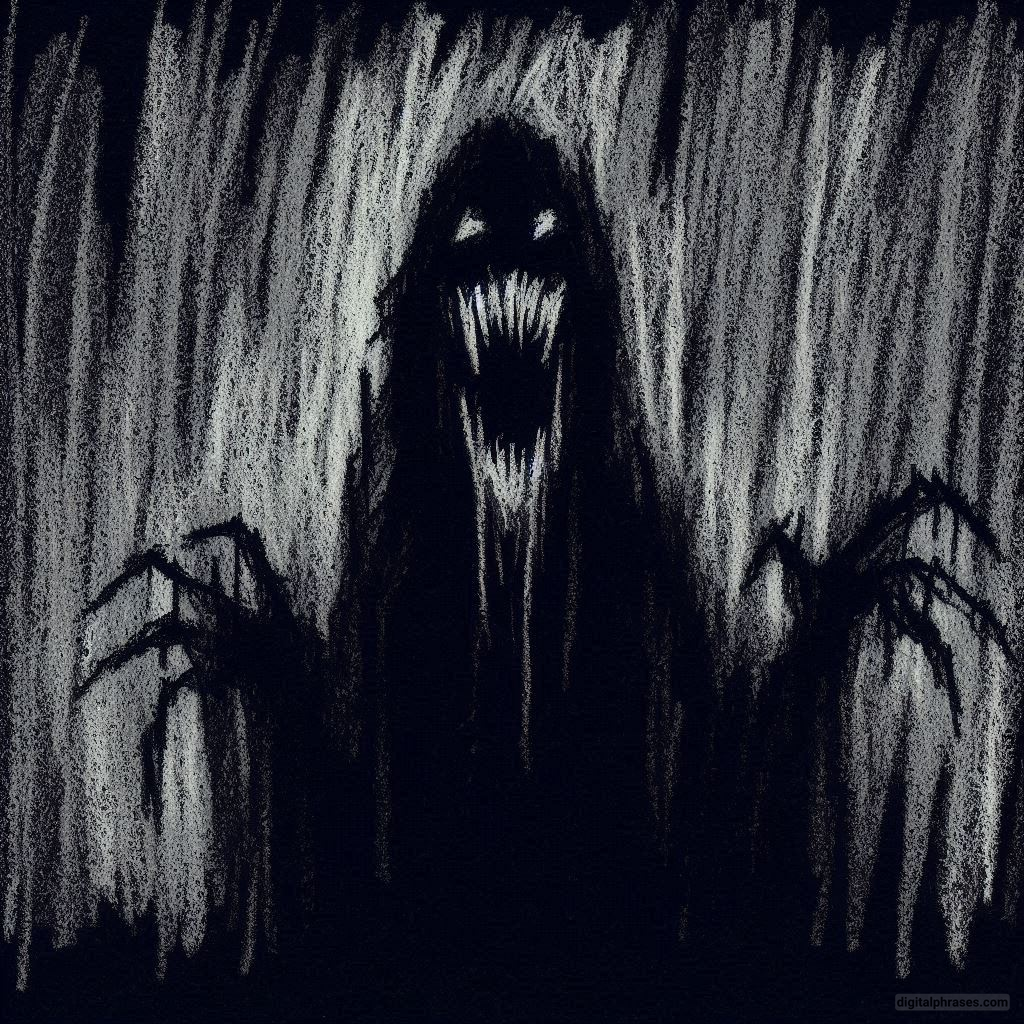
29
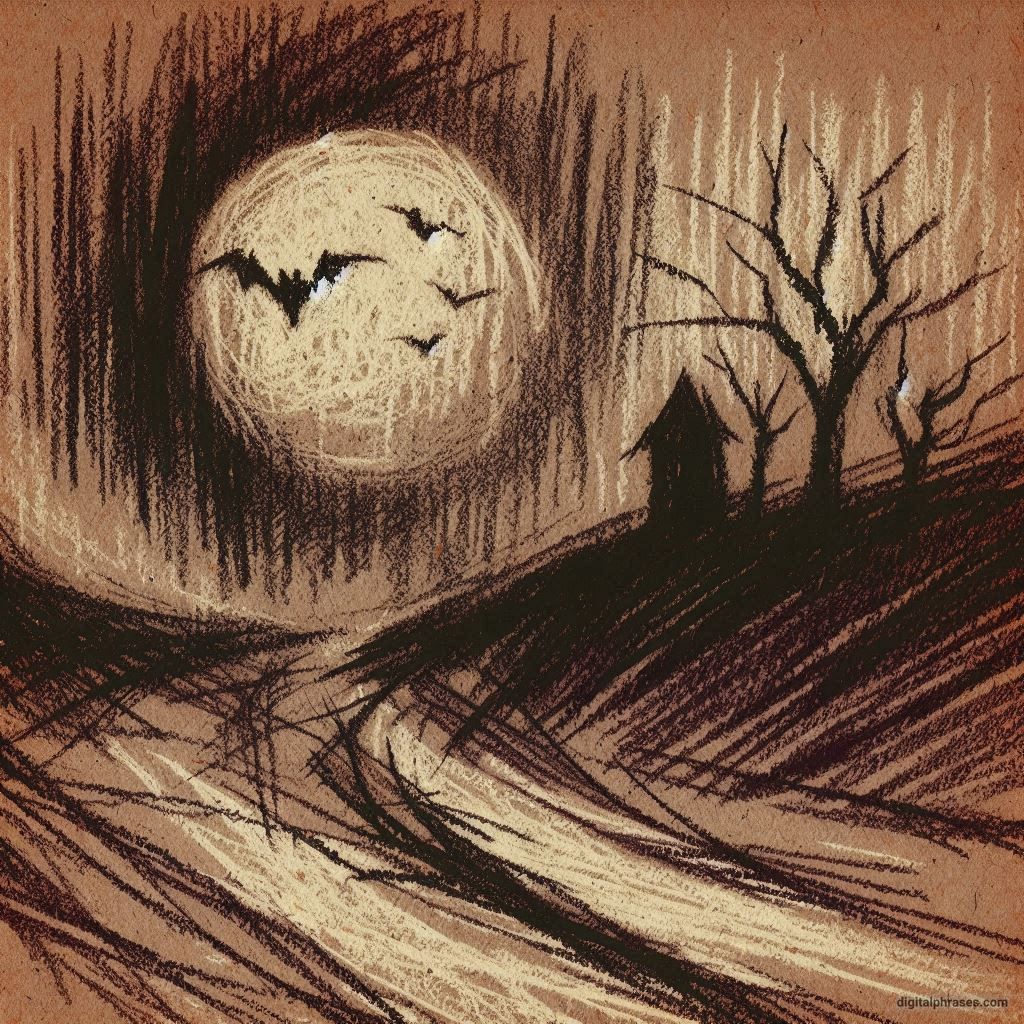
30
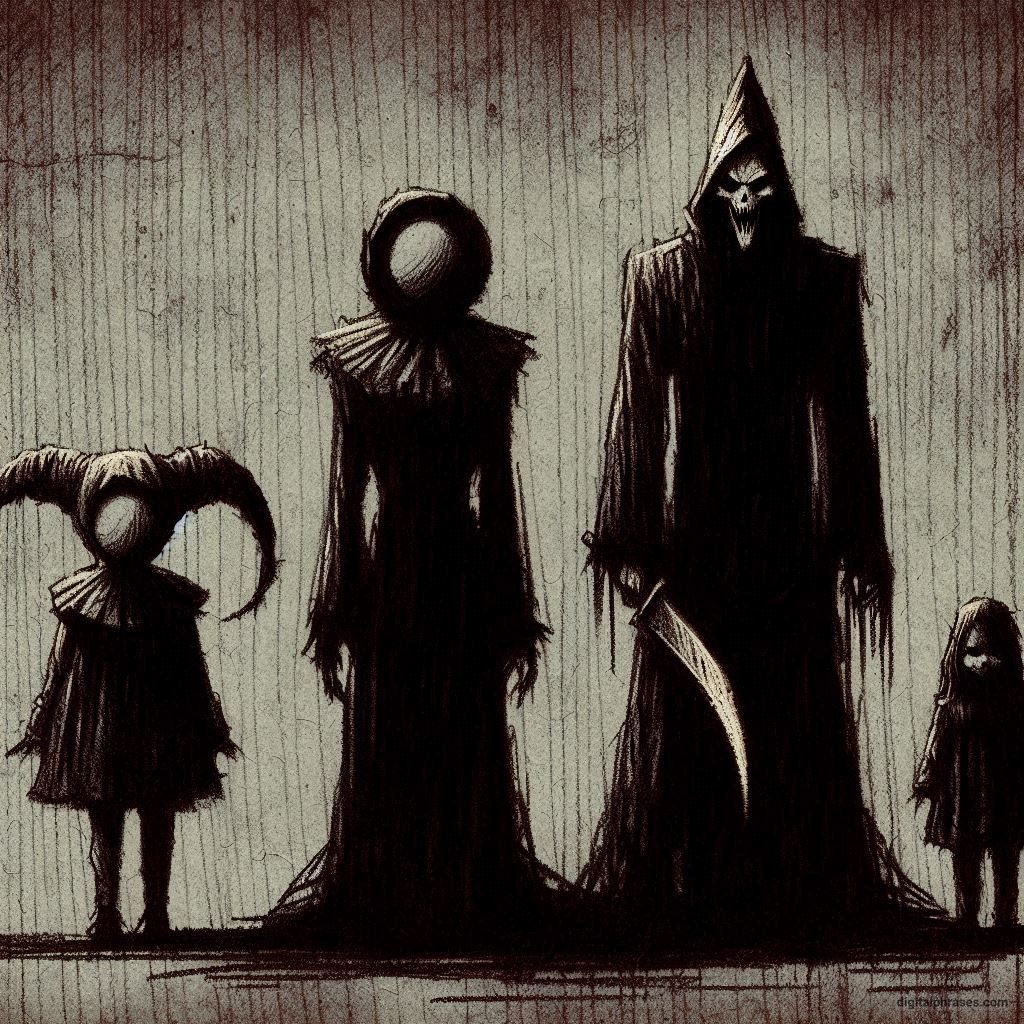
31
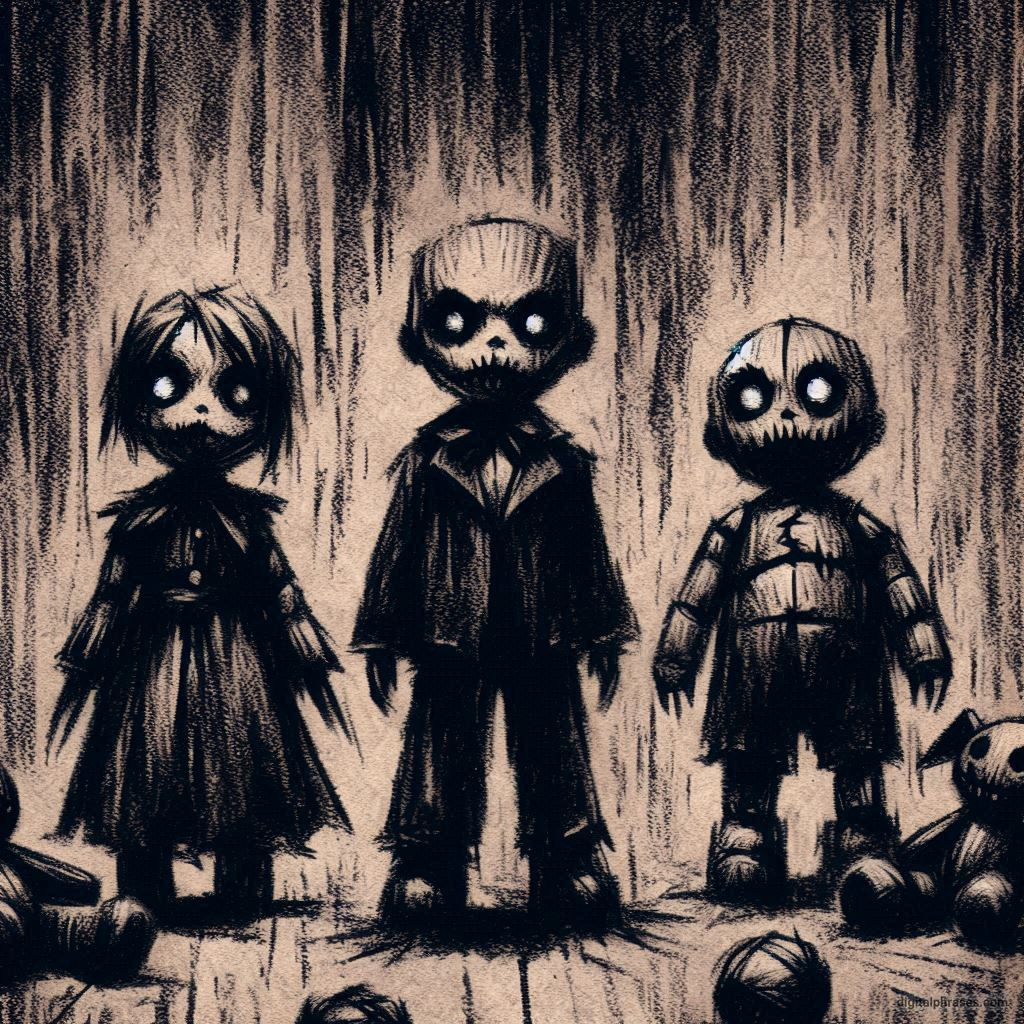
32
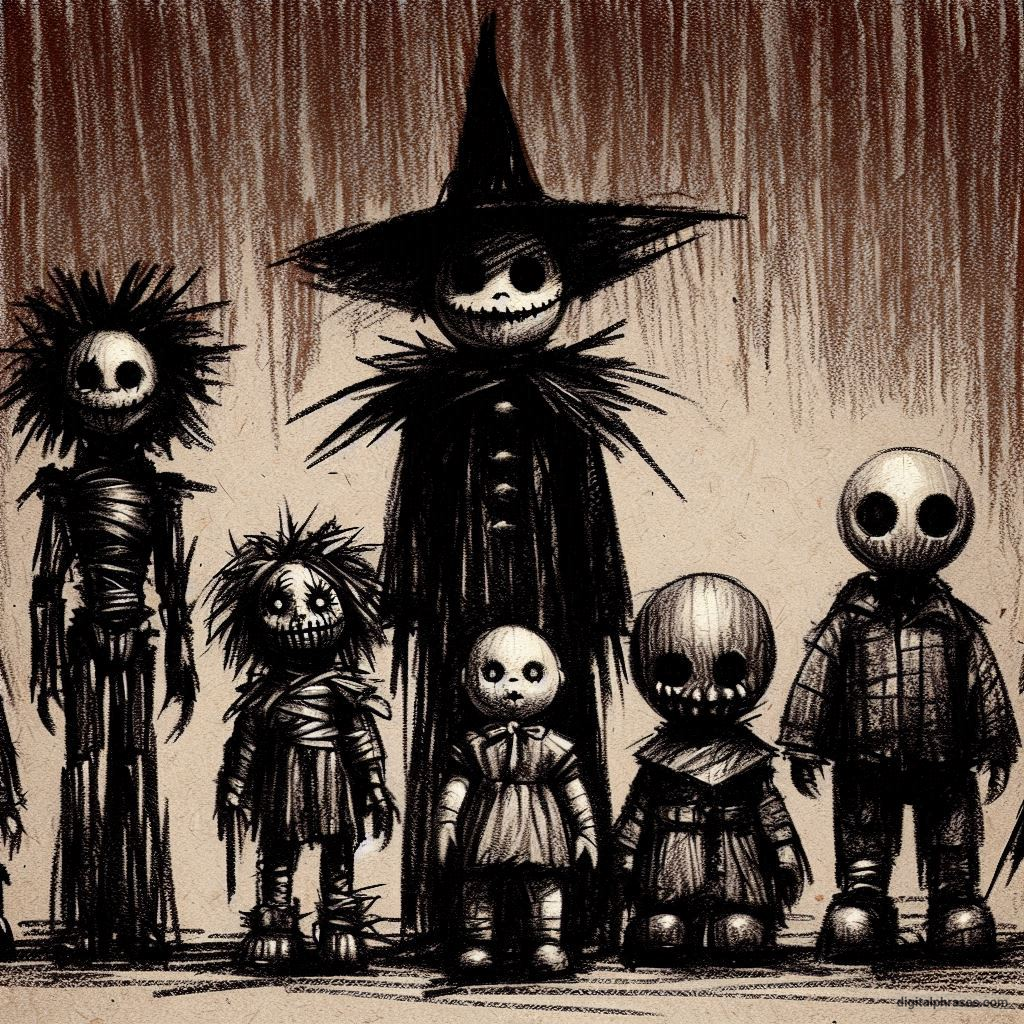
33
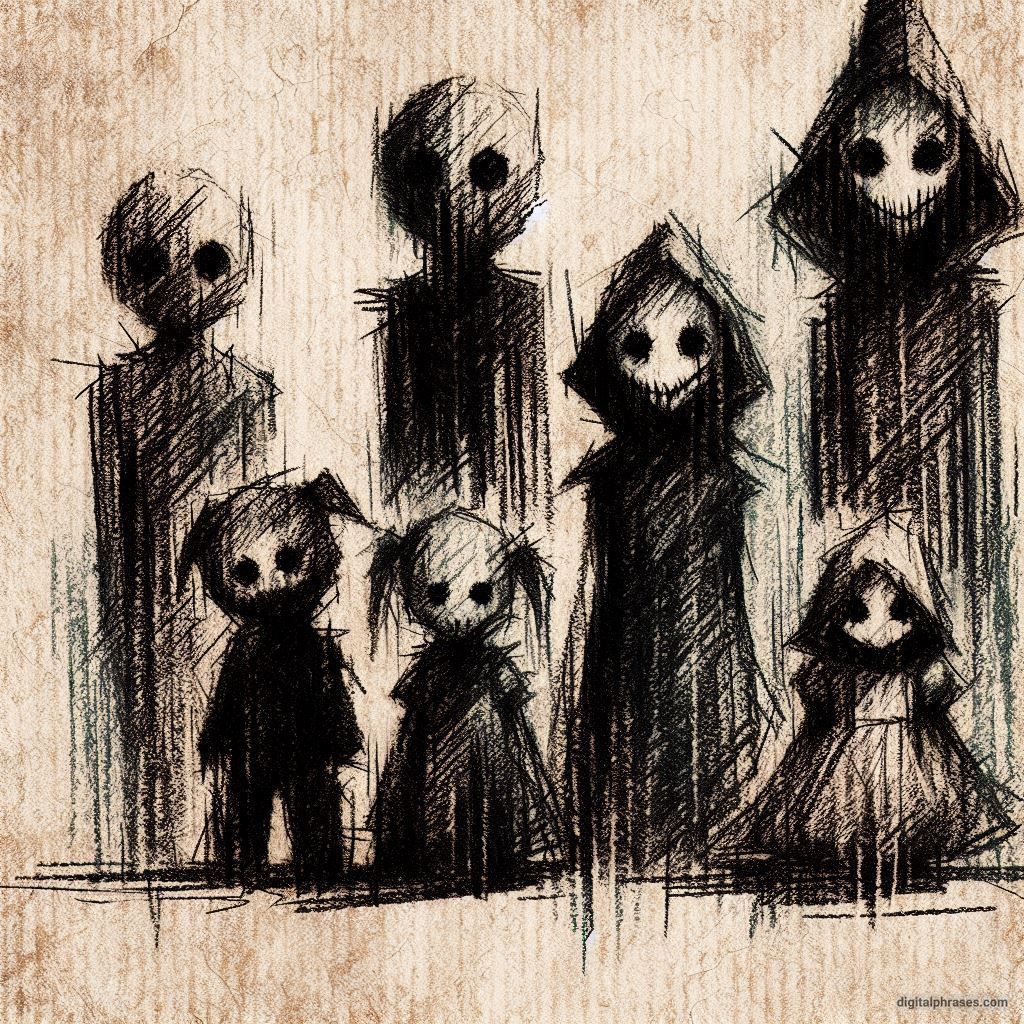
34
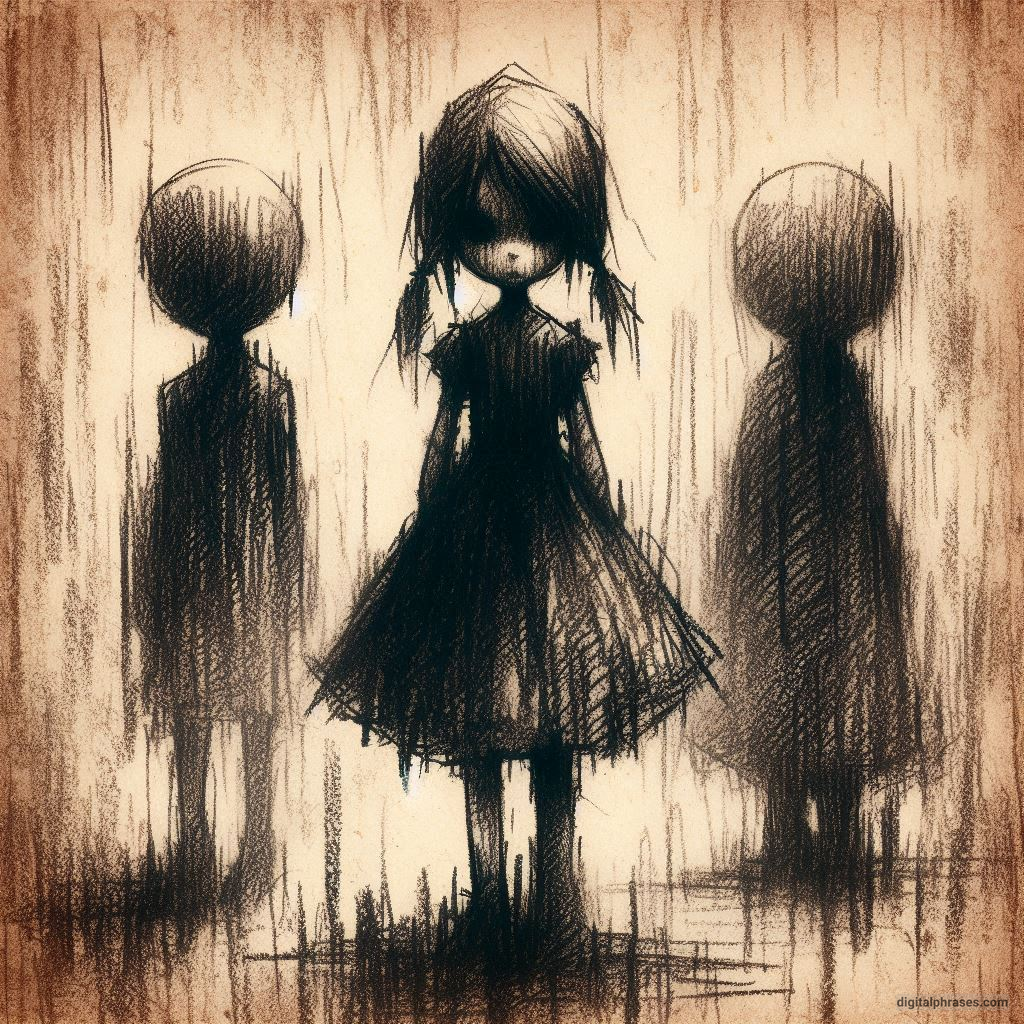
35
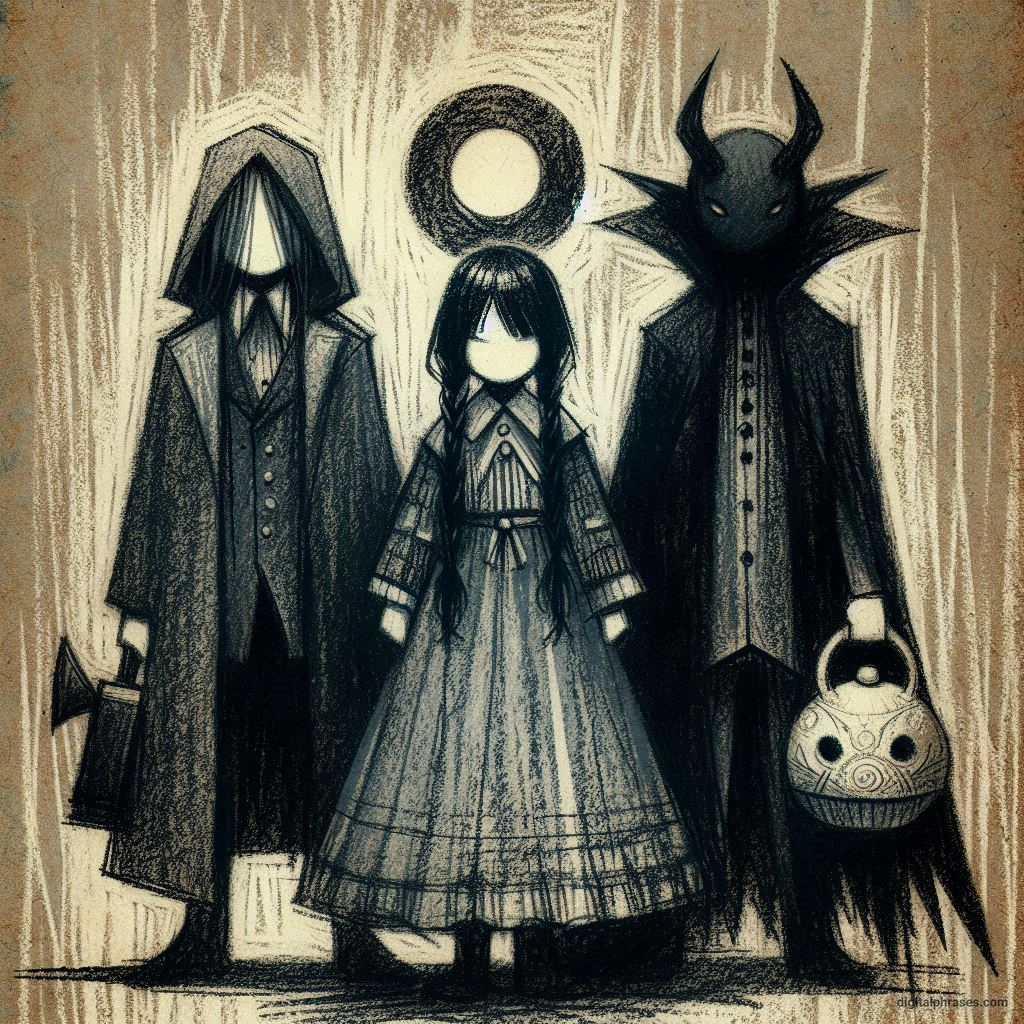
36
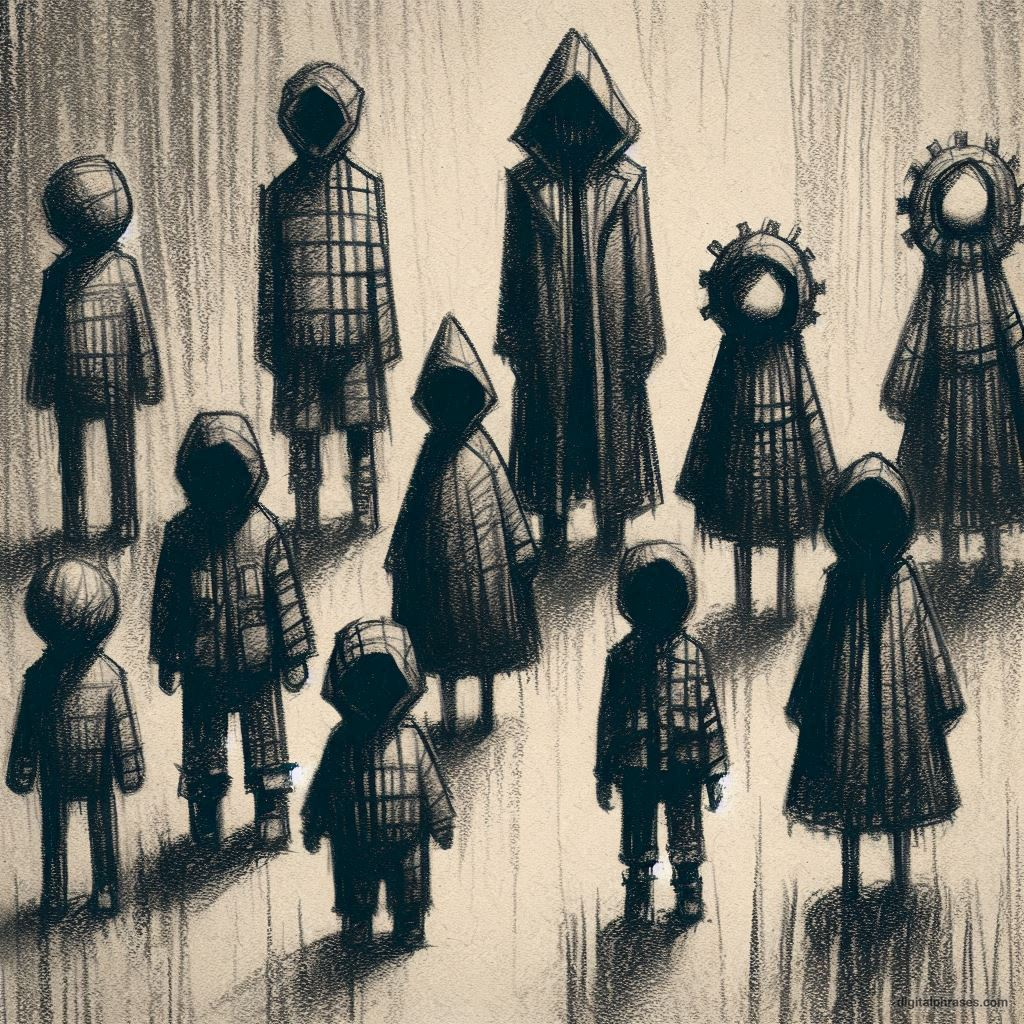
37
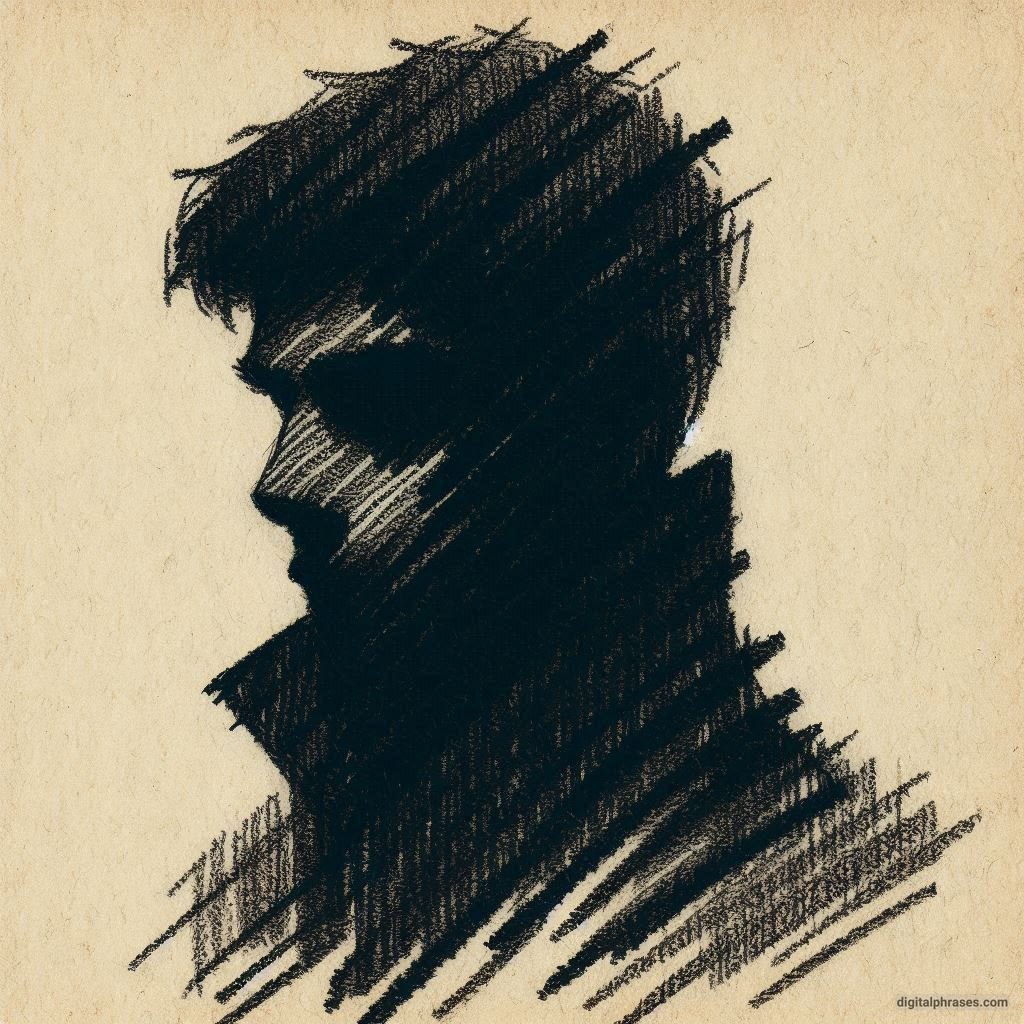
38
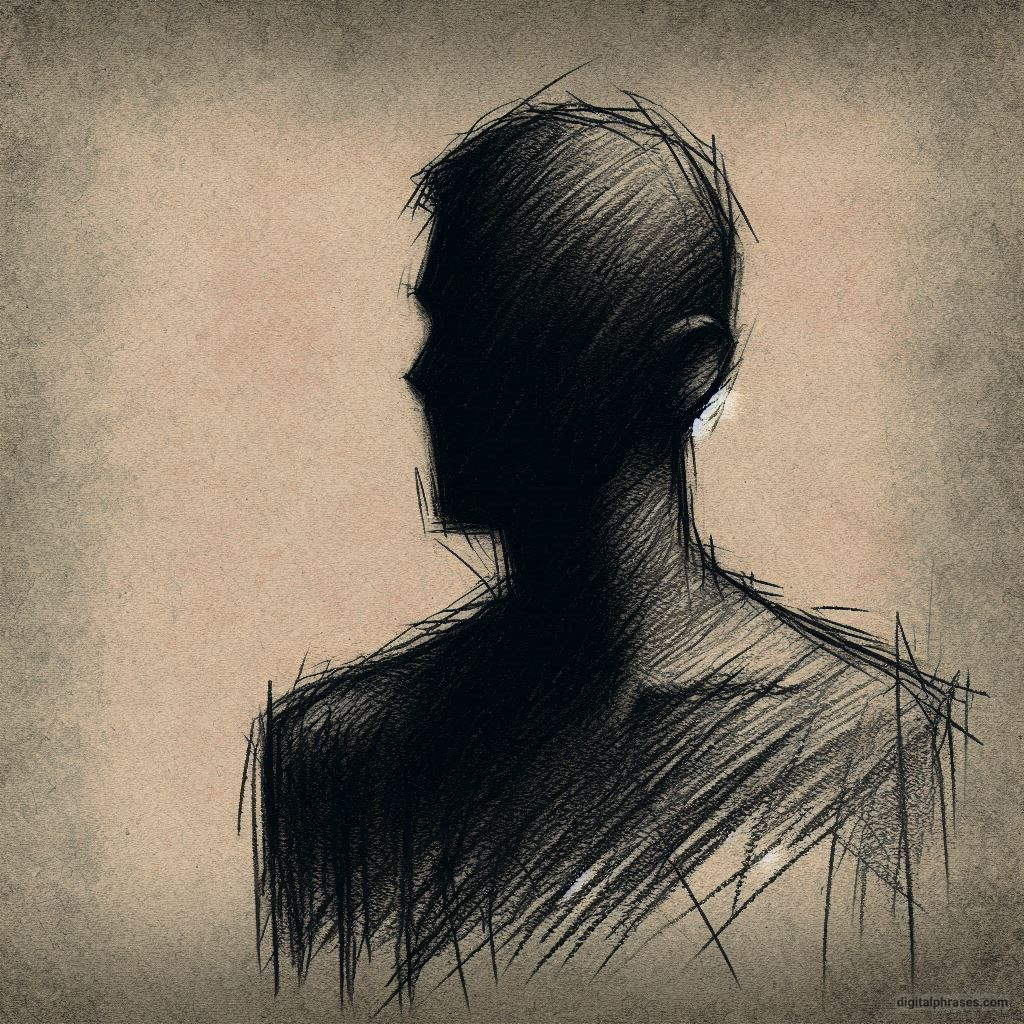
39
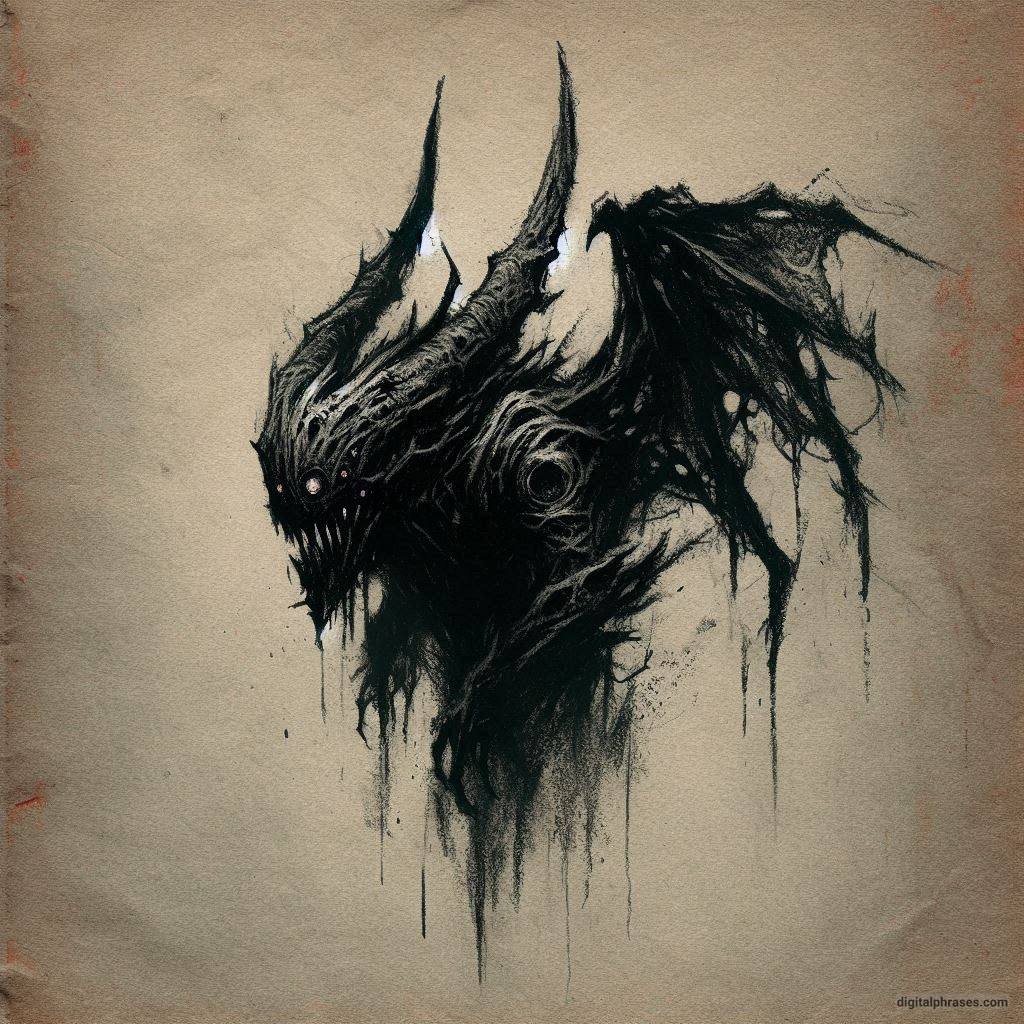
40
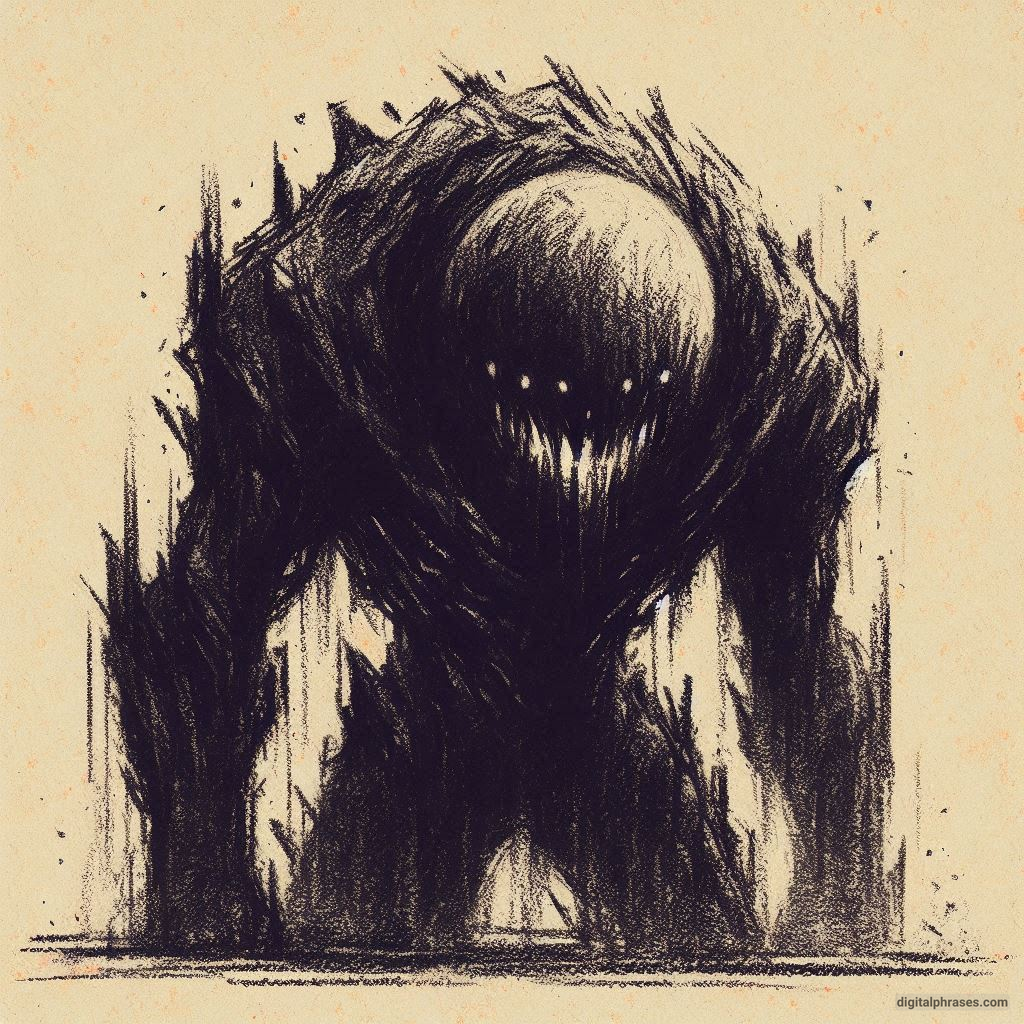
41
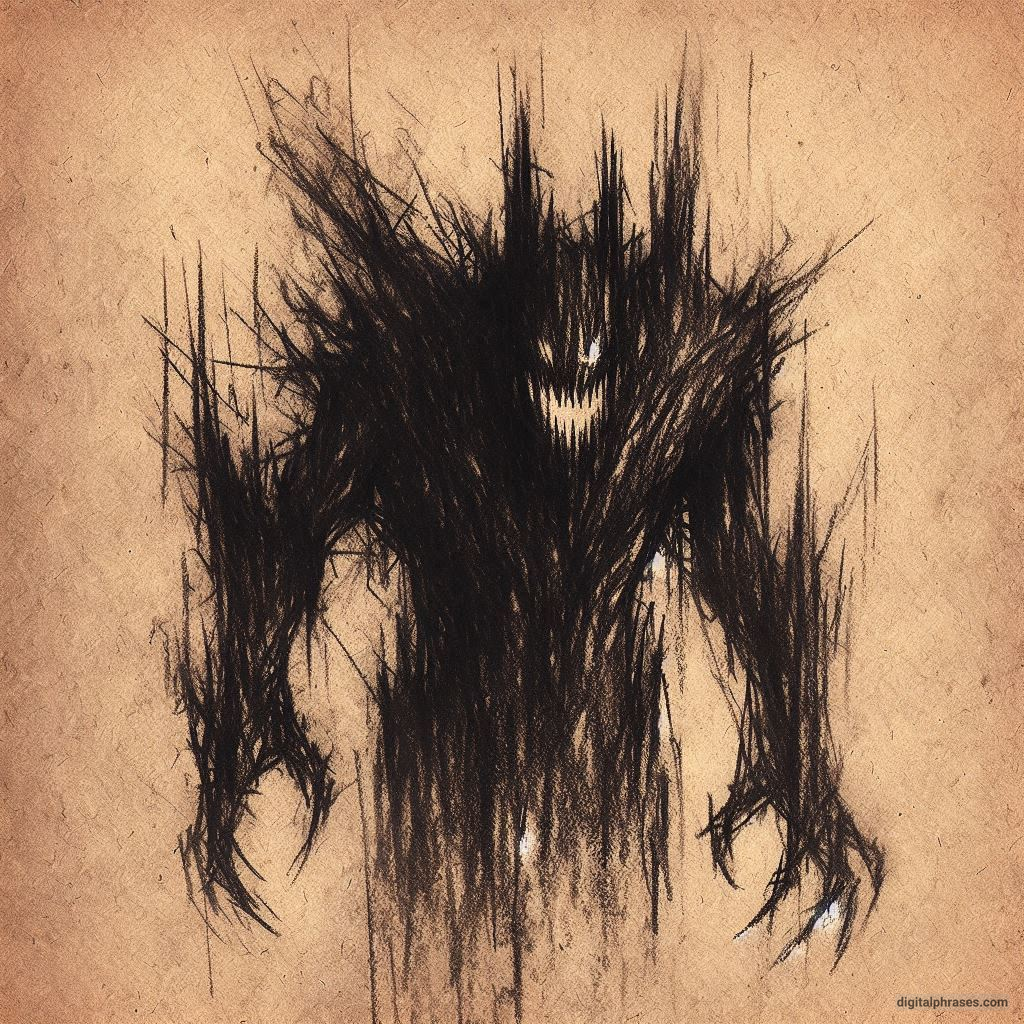
42
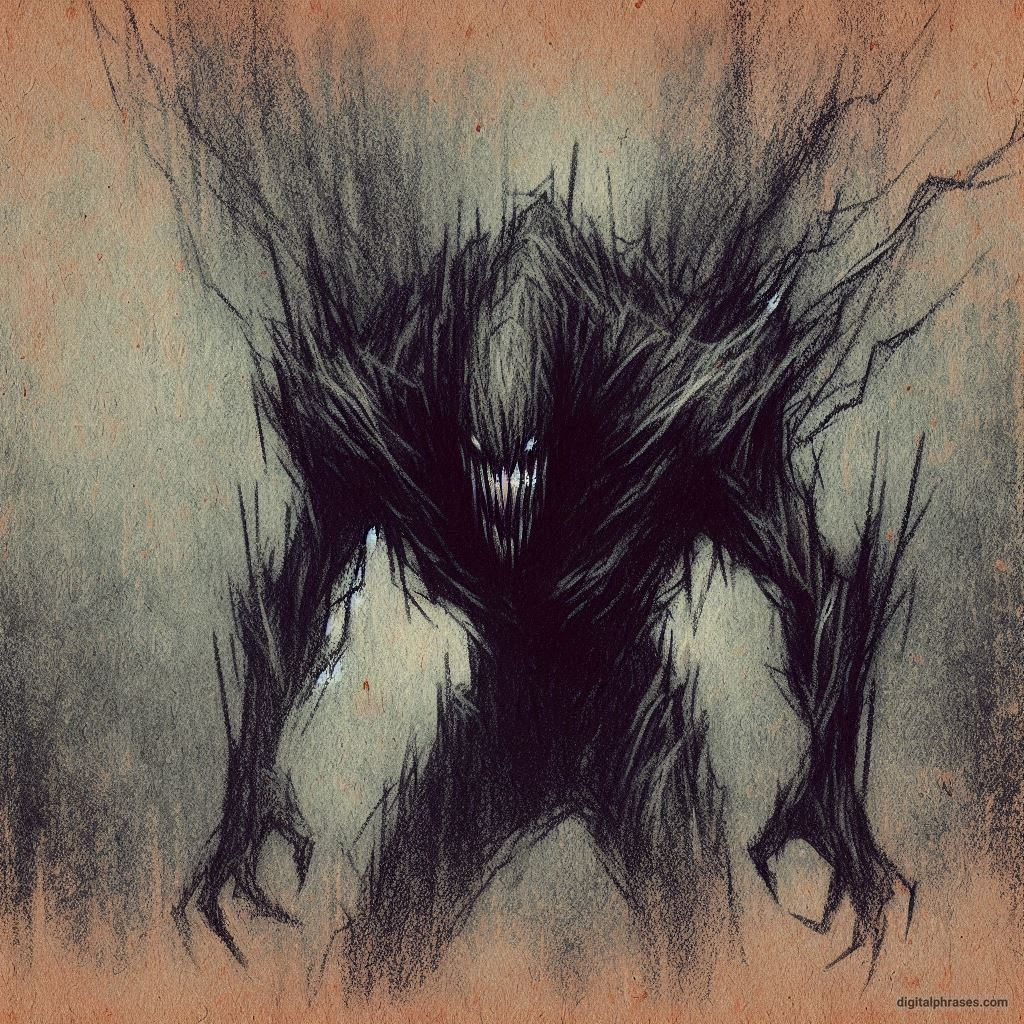
43
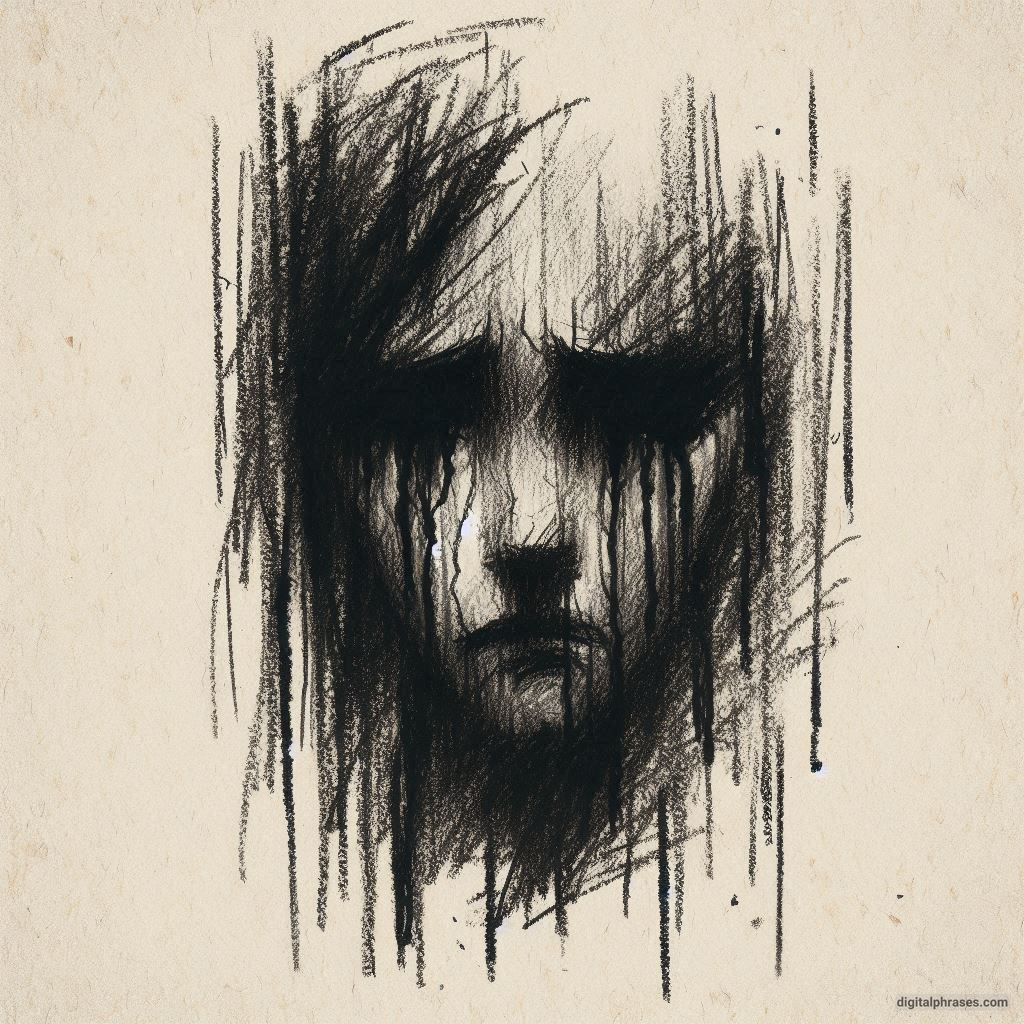
44
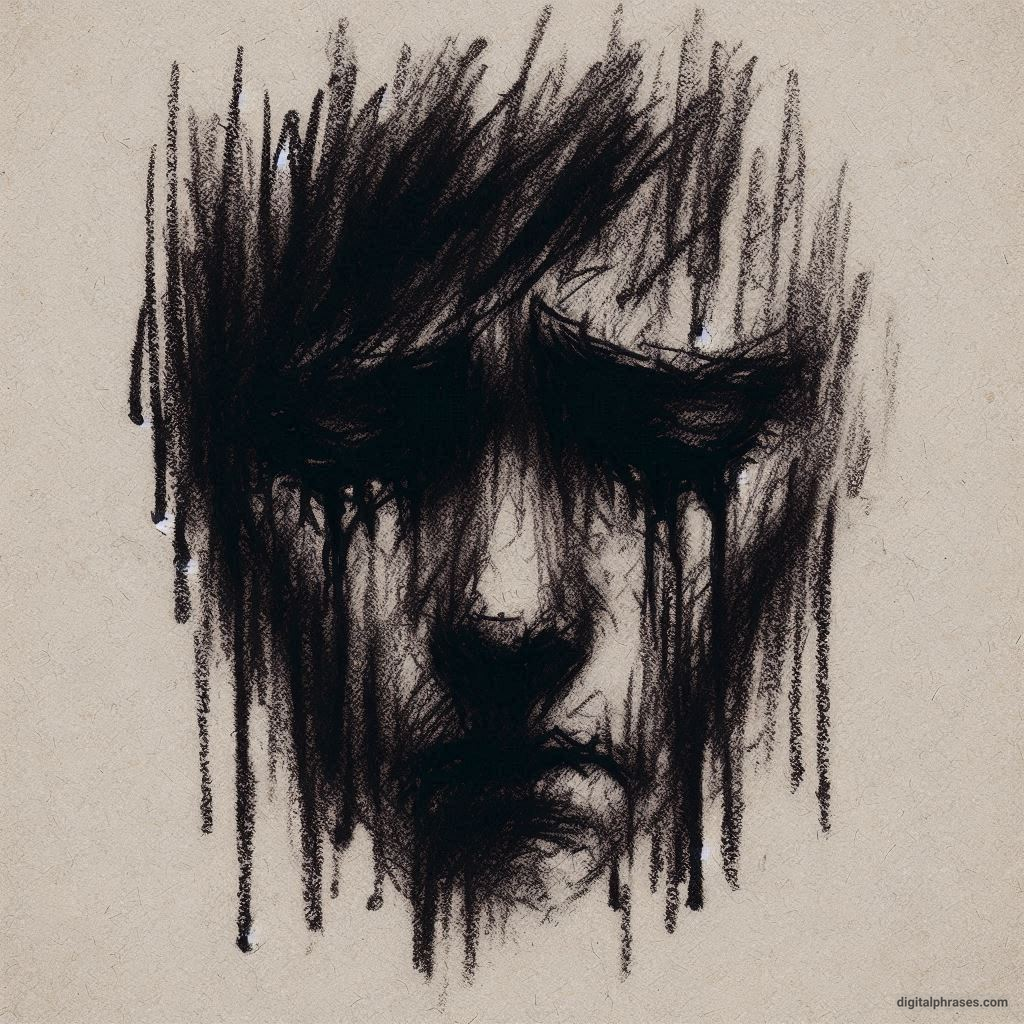
45
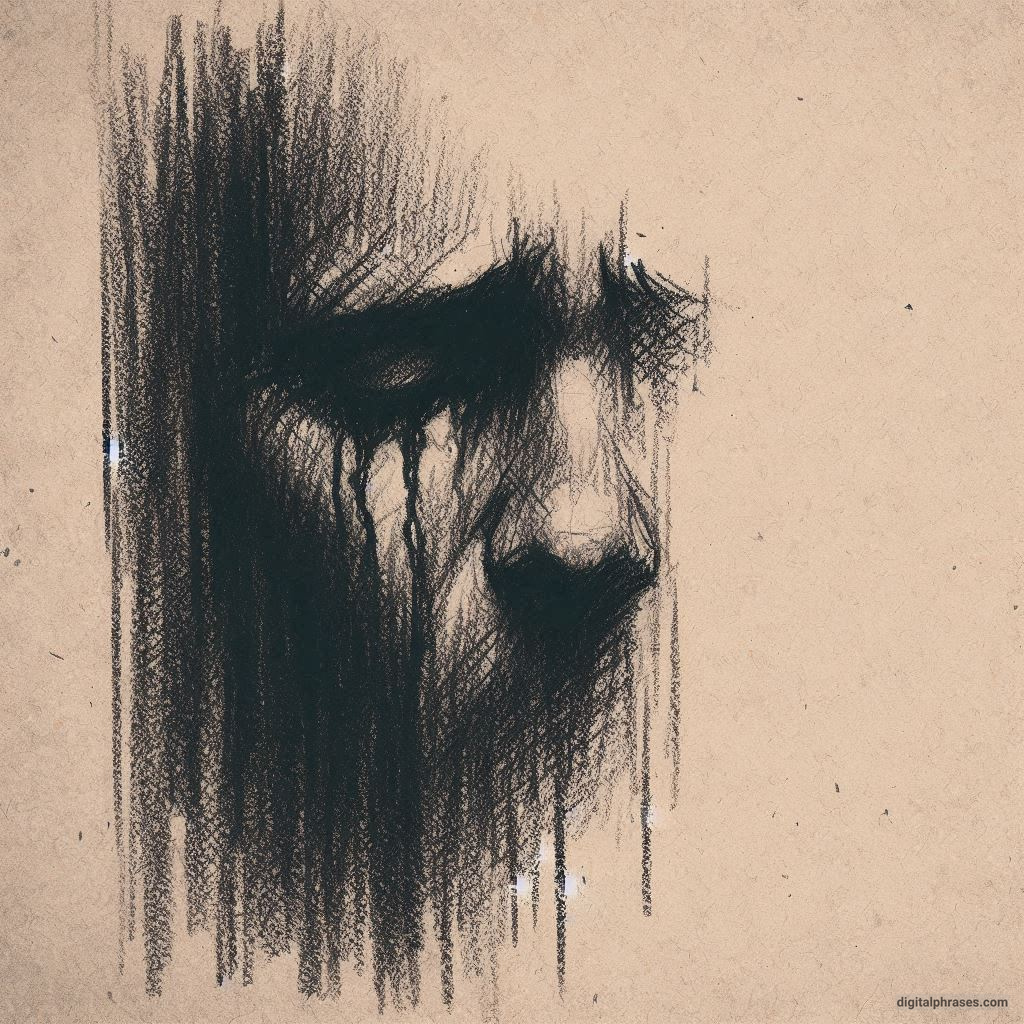
46

47
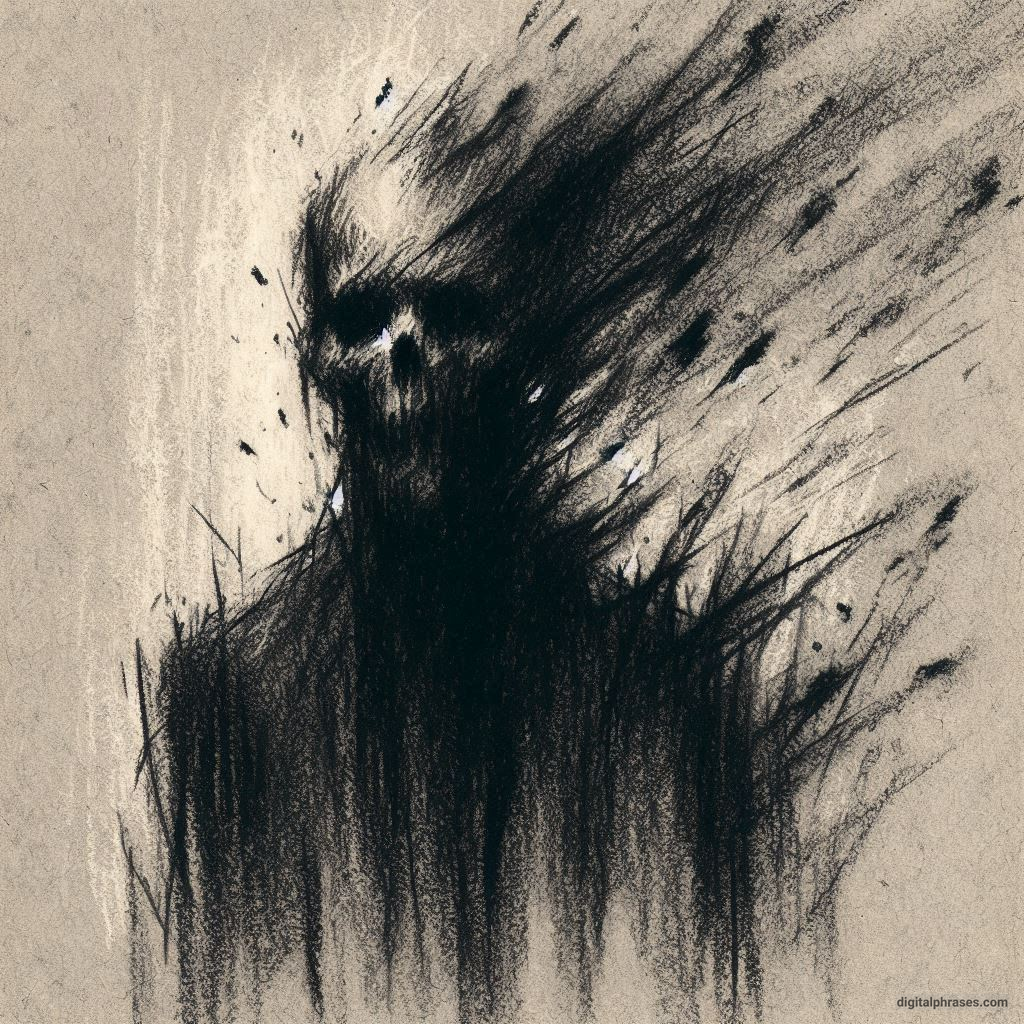
48
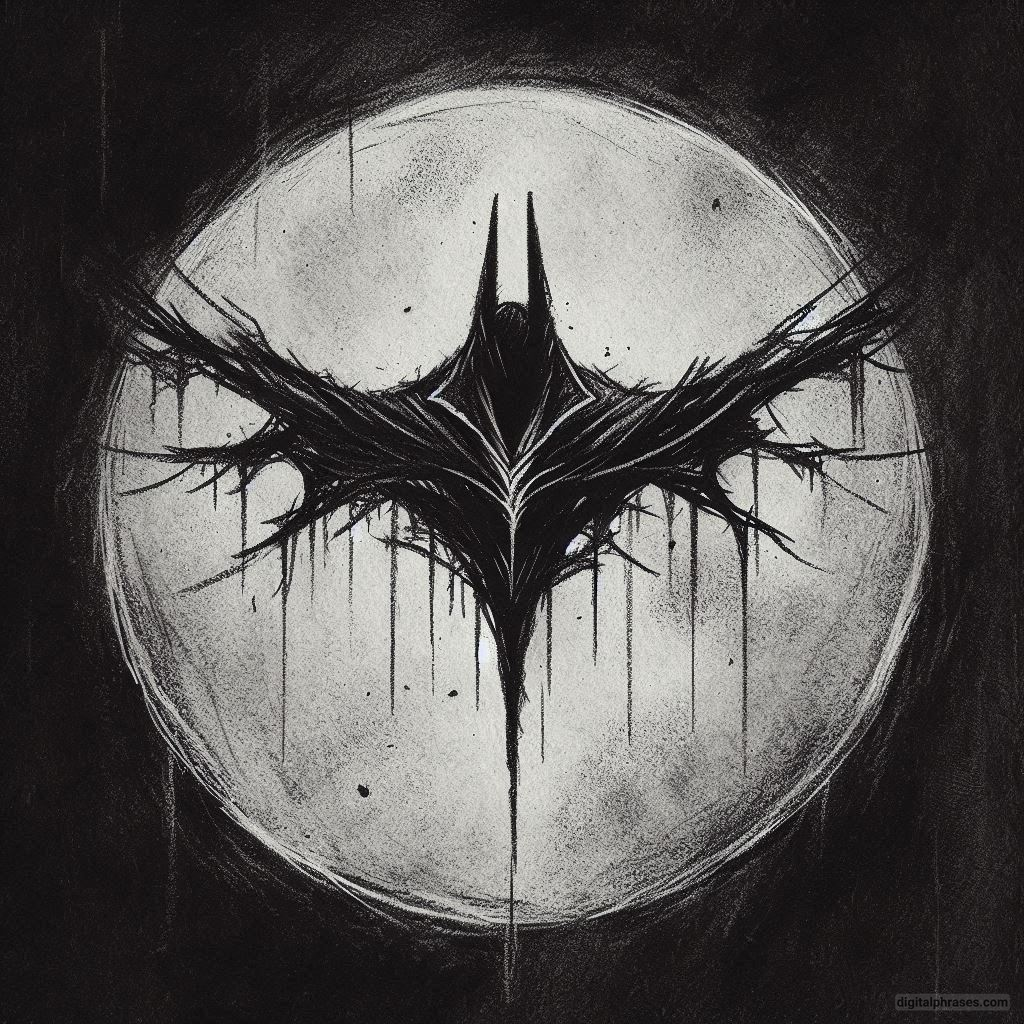
49
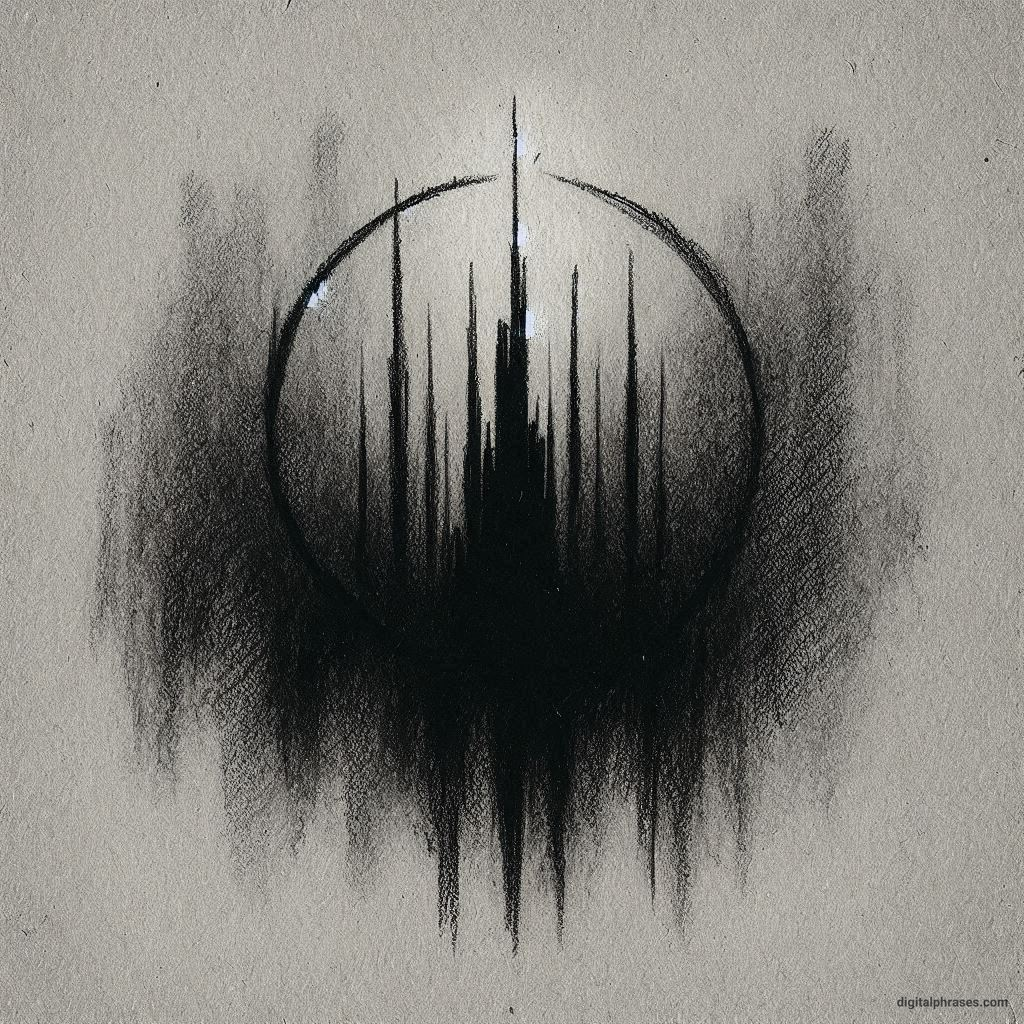
50
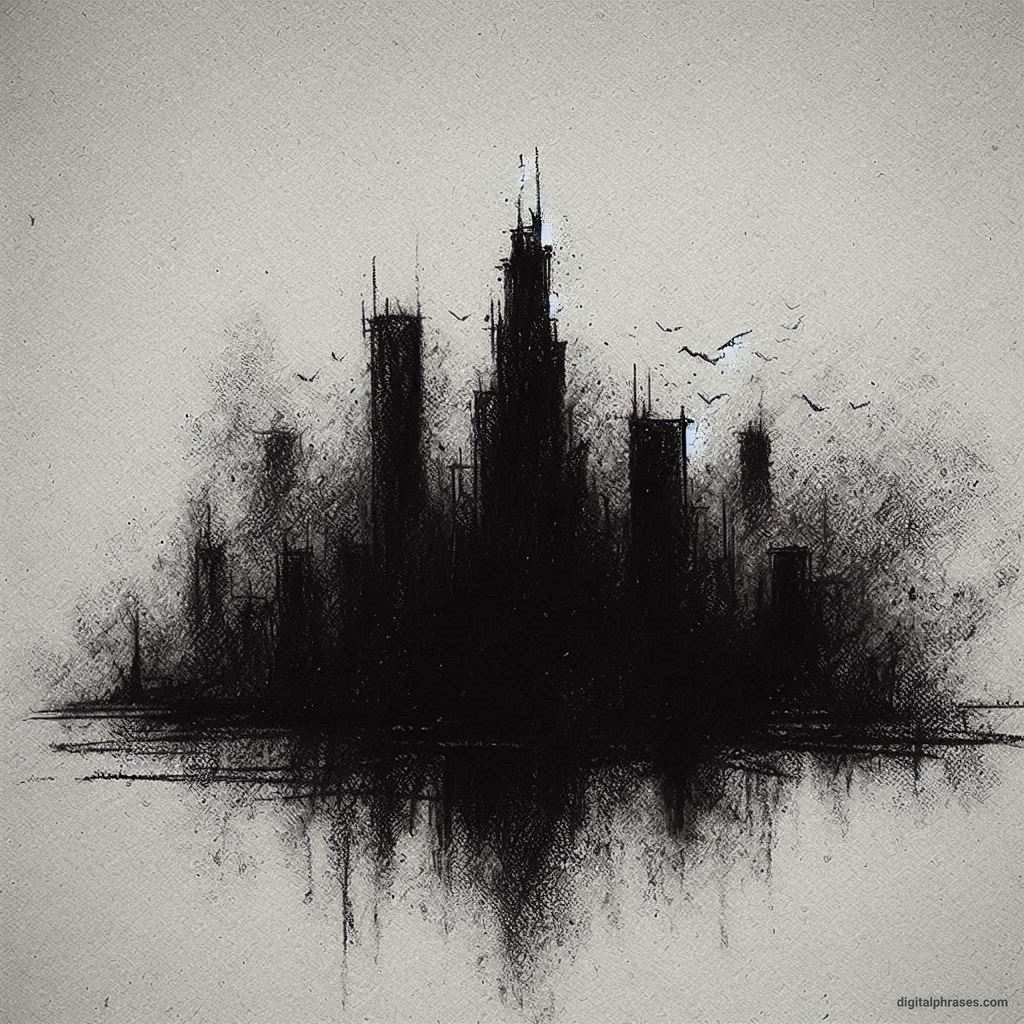
51
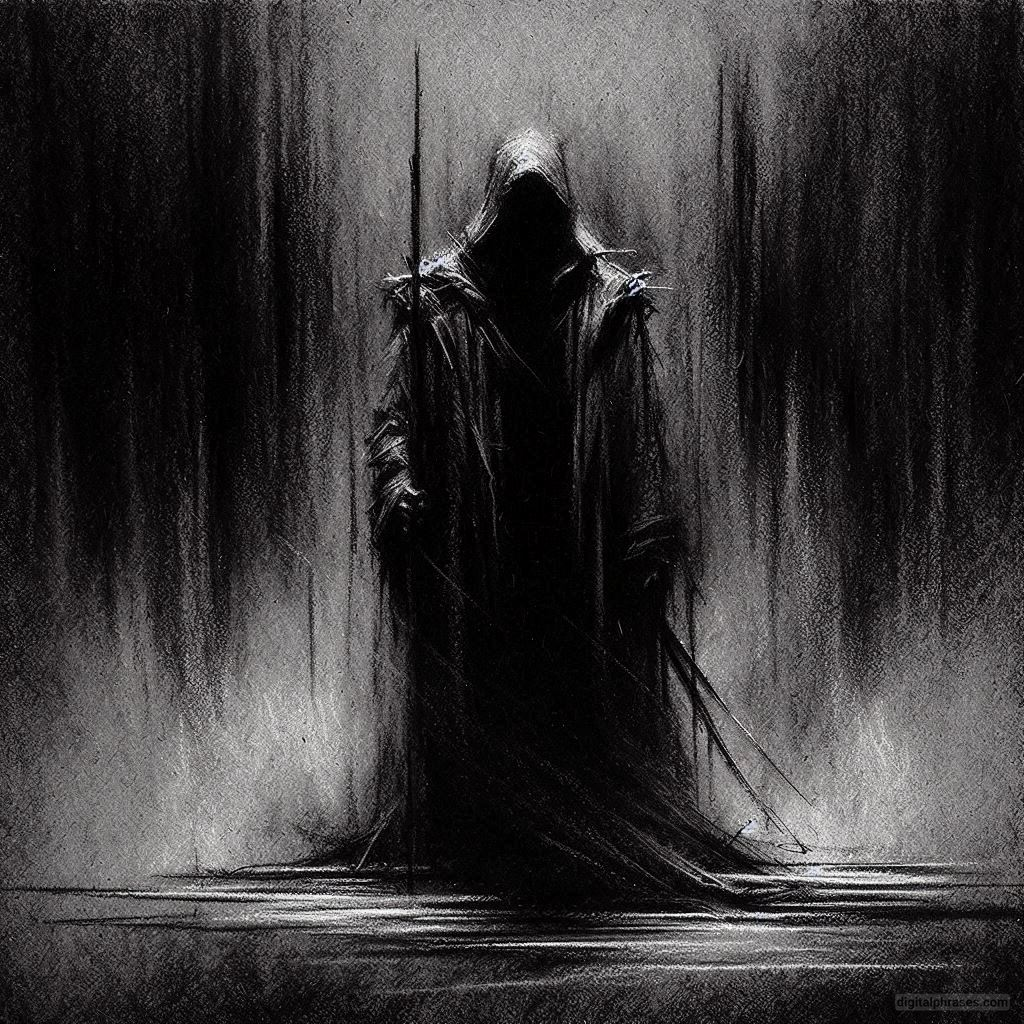
52
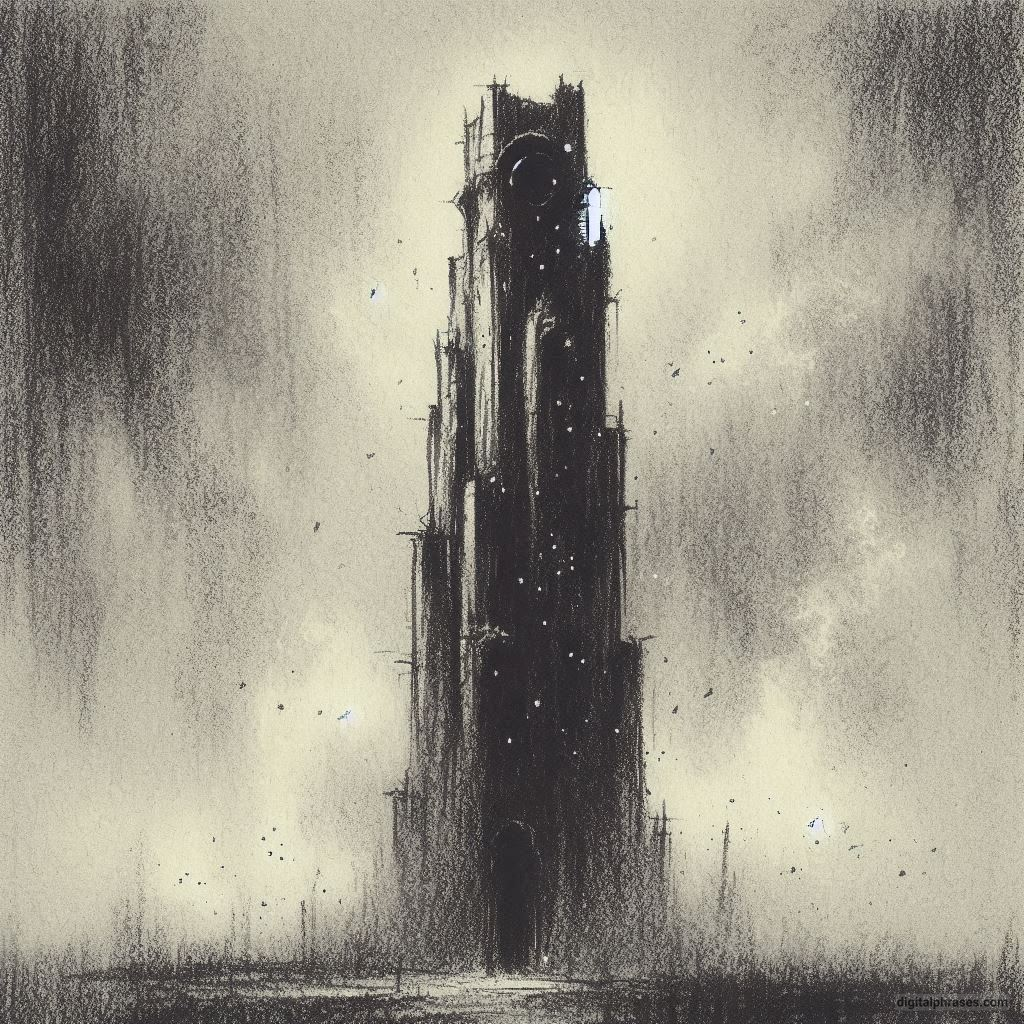
53

54
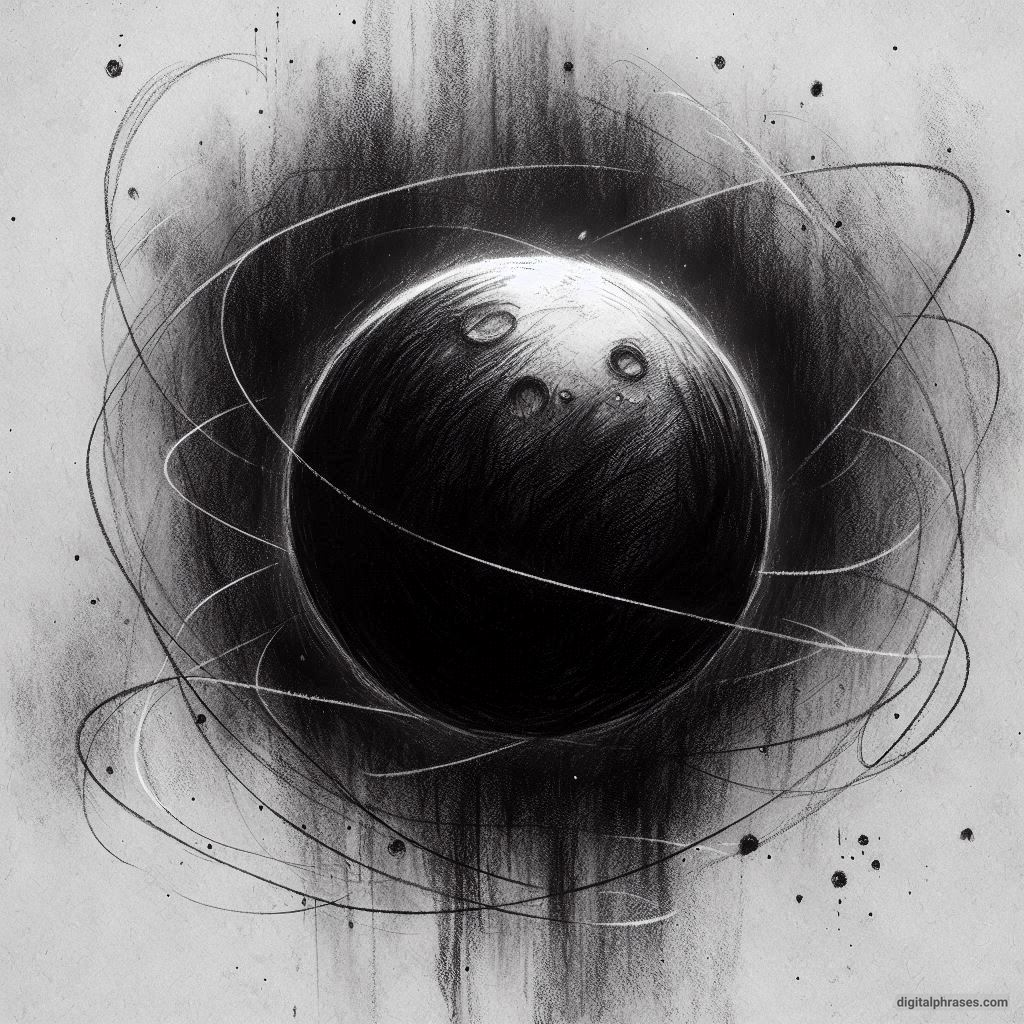
55
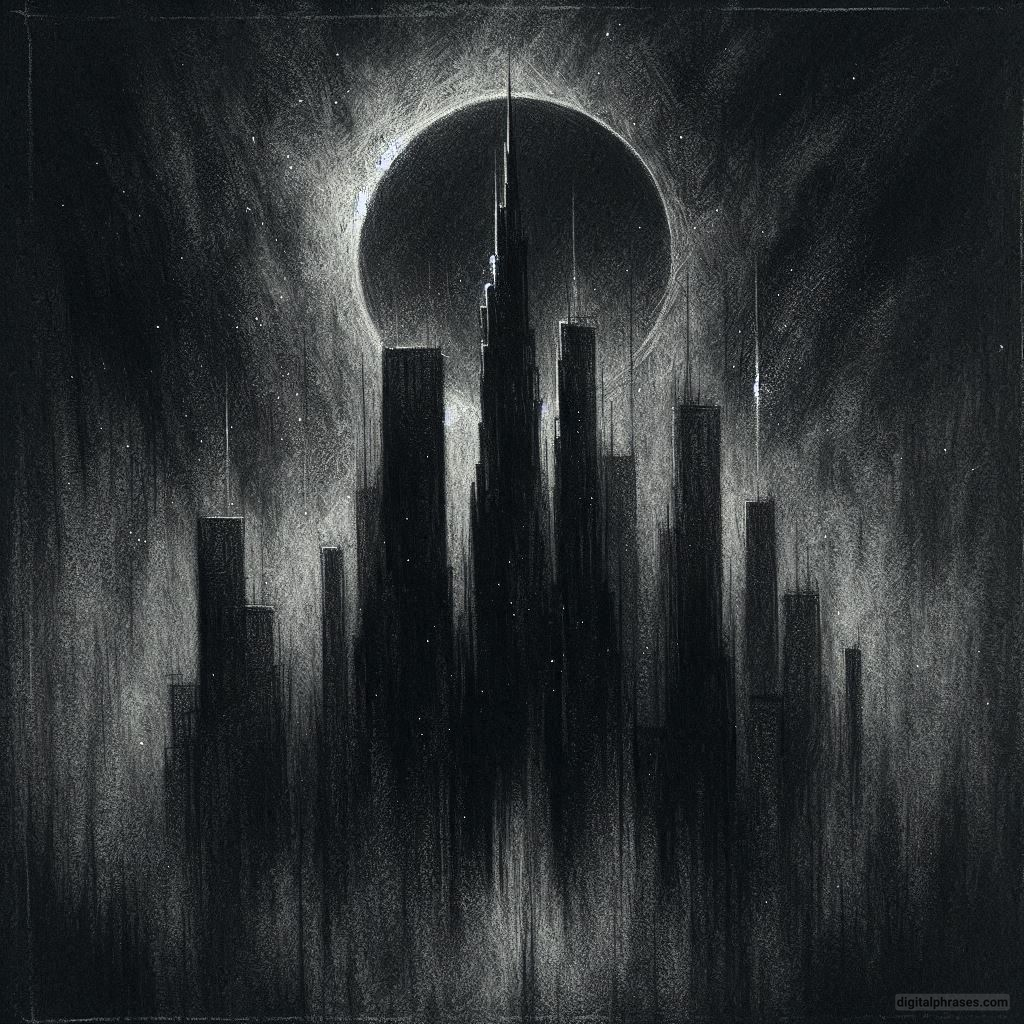
56
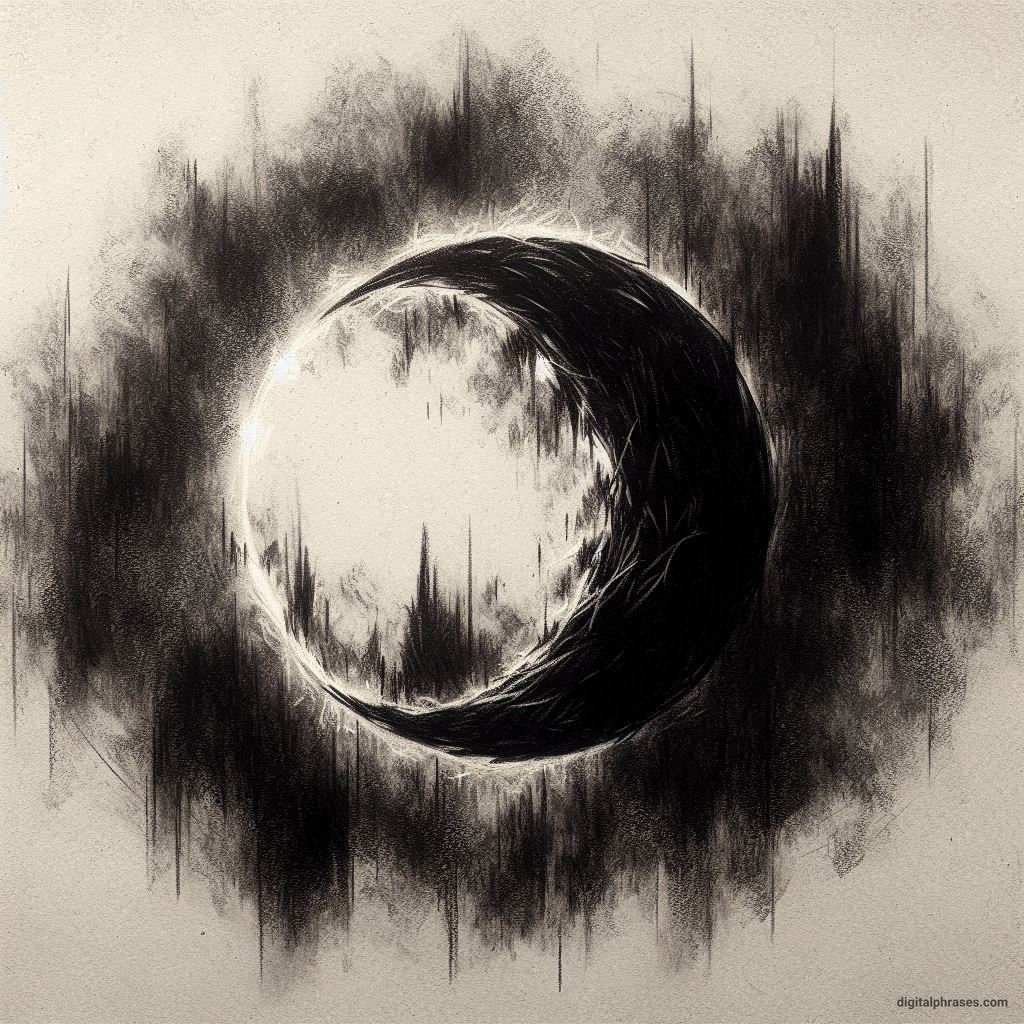
57

58
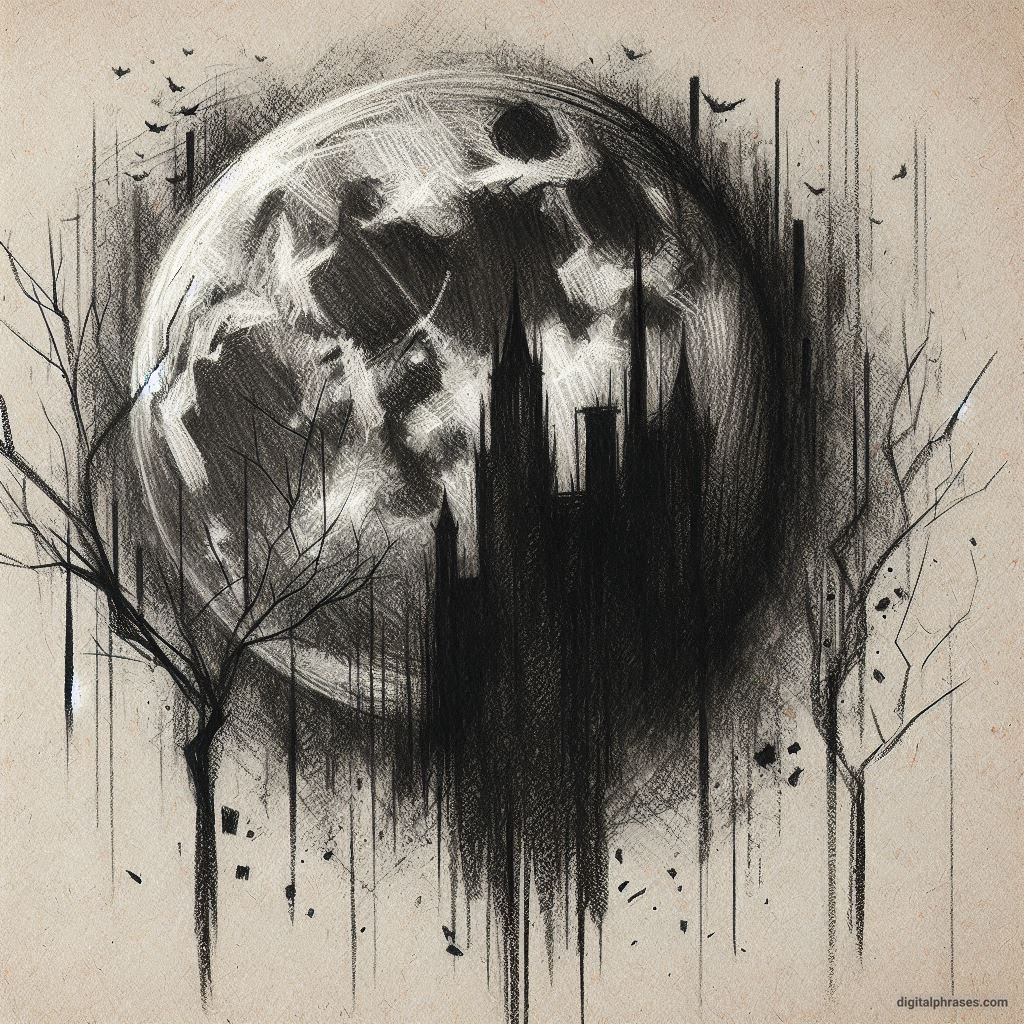
59
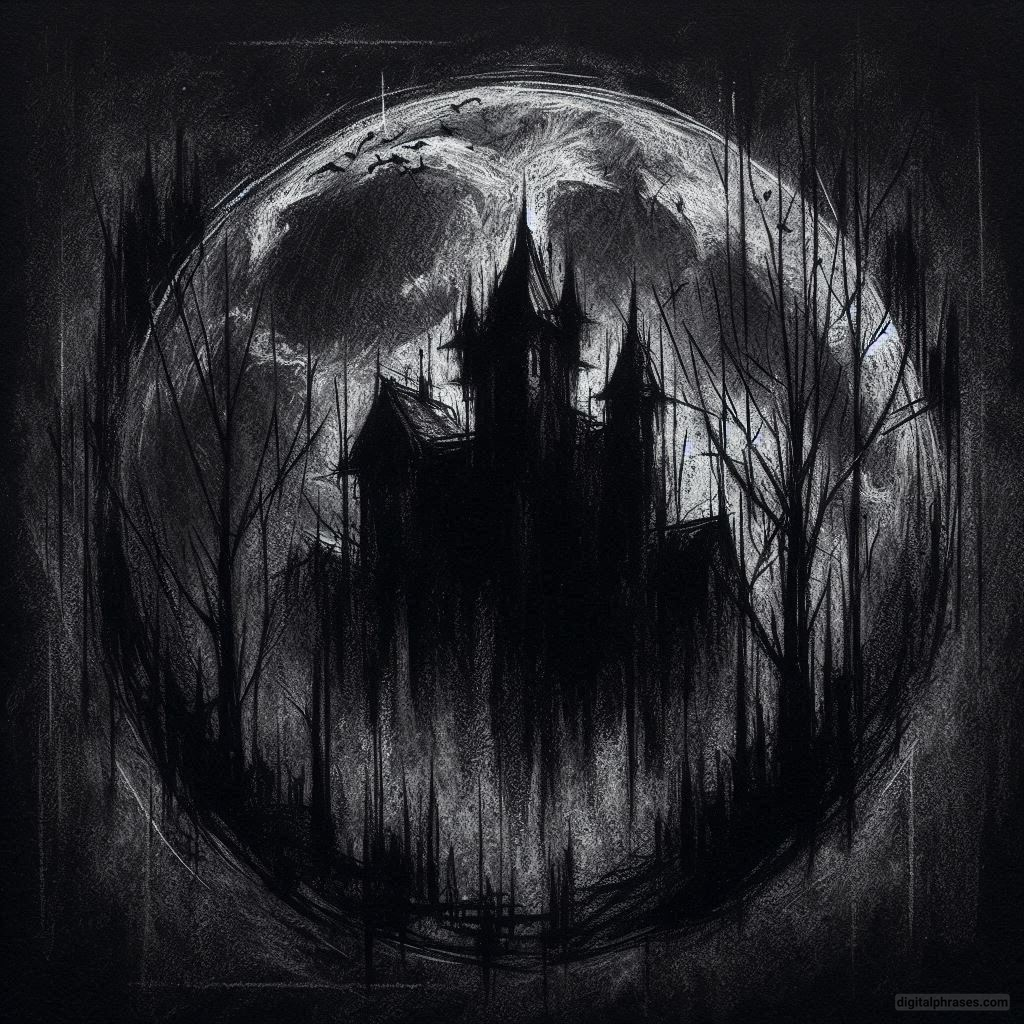
60
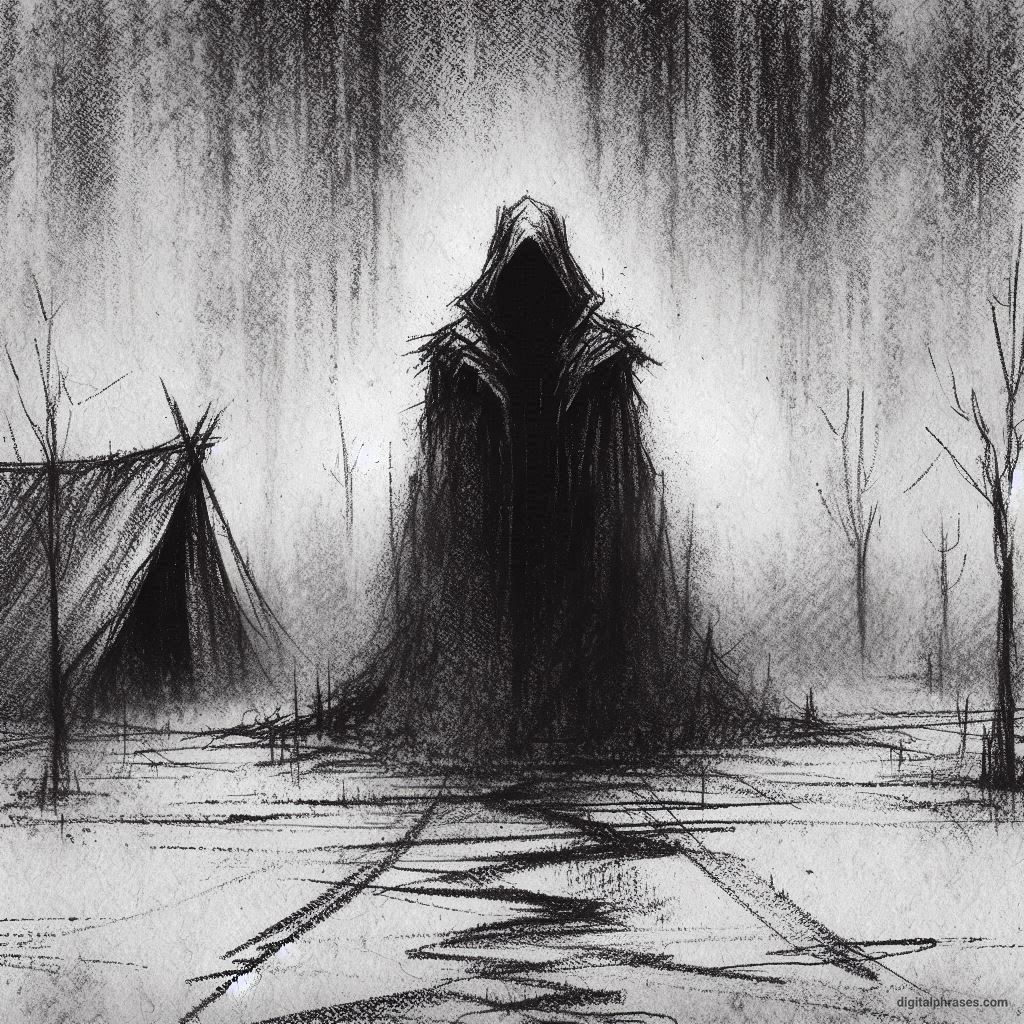
61
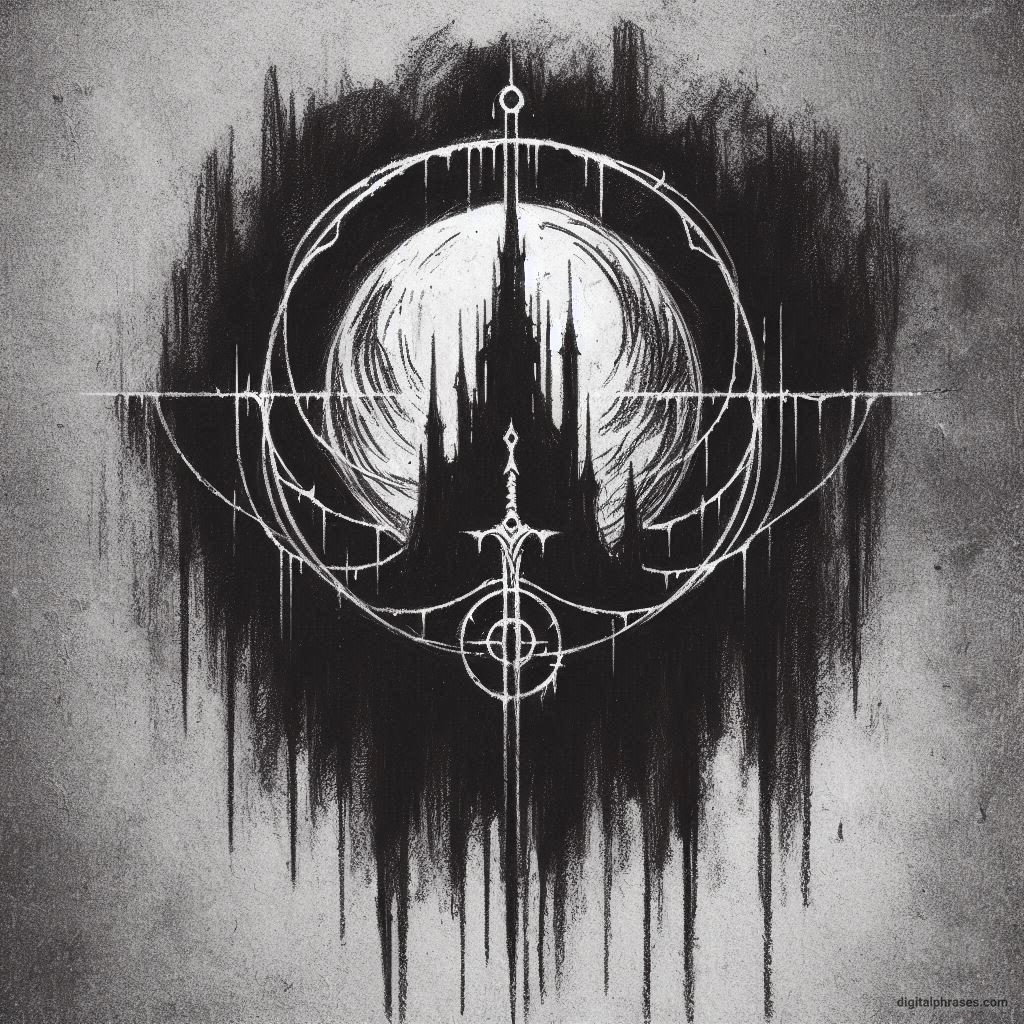
62
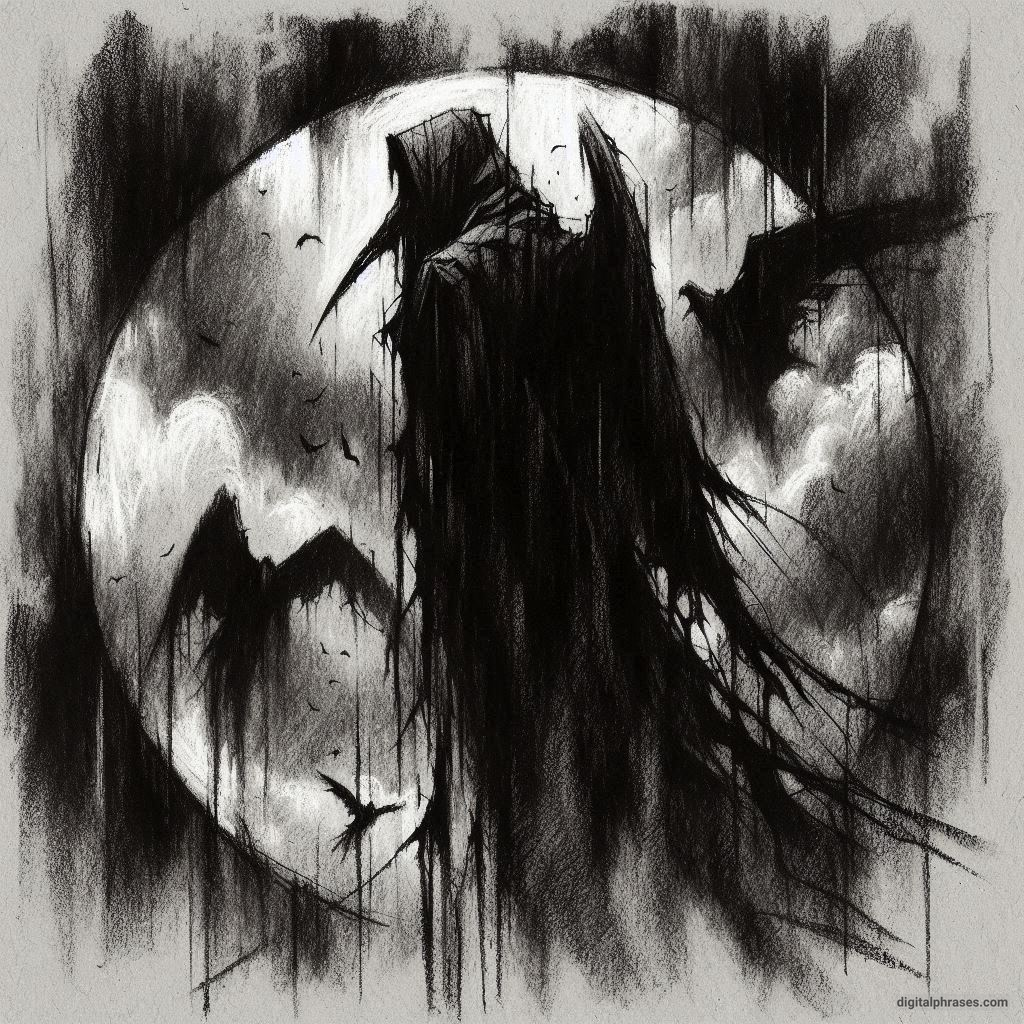
63

64
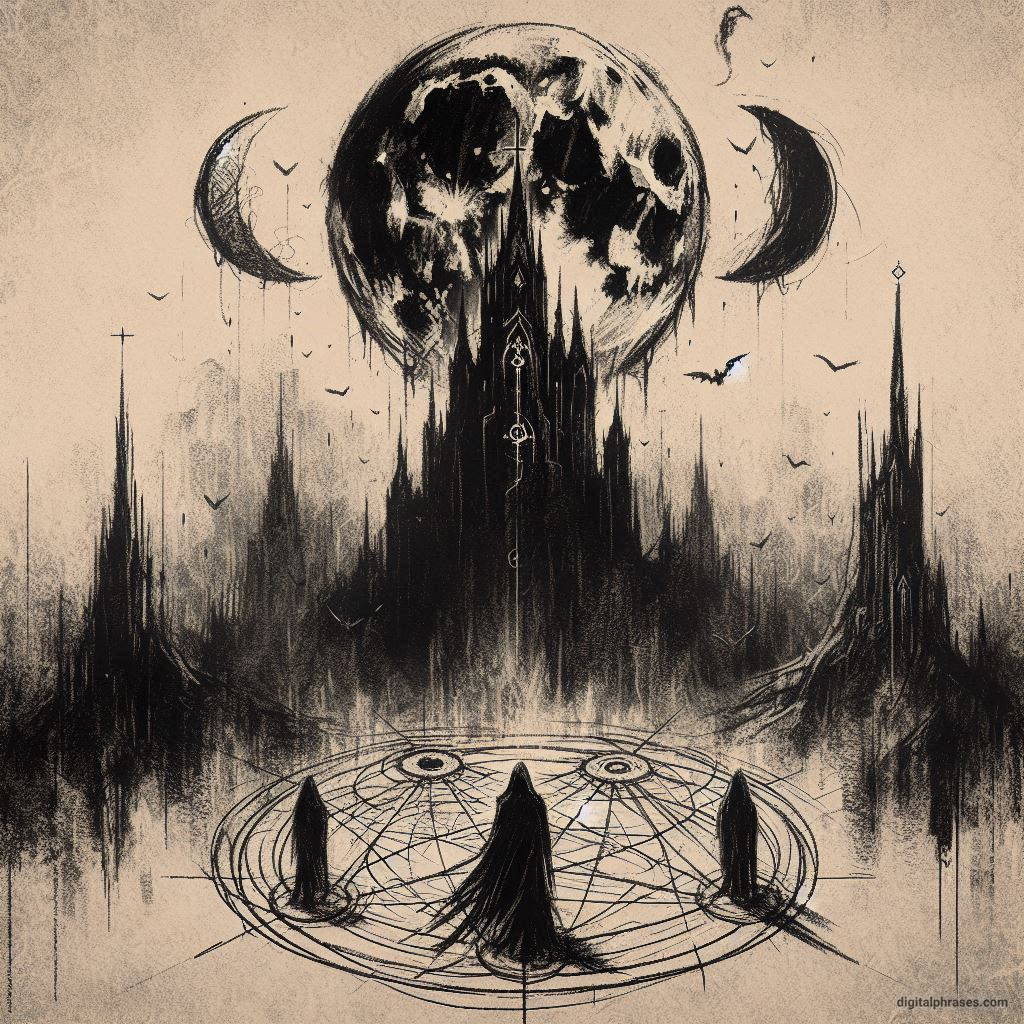
65
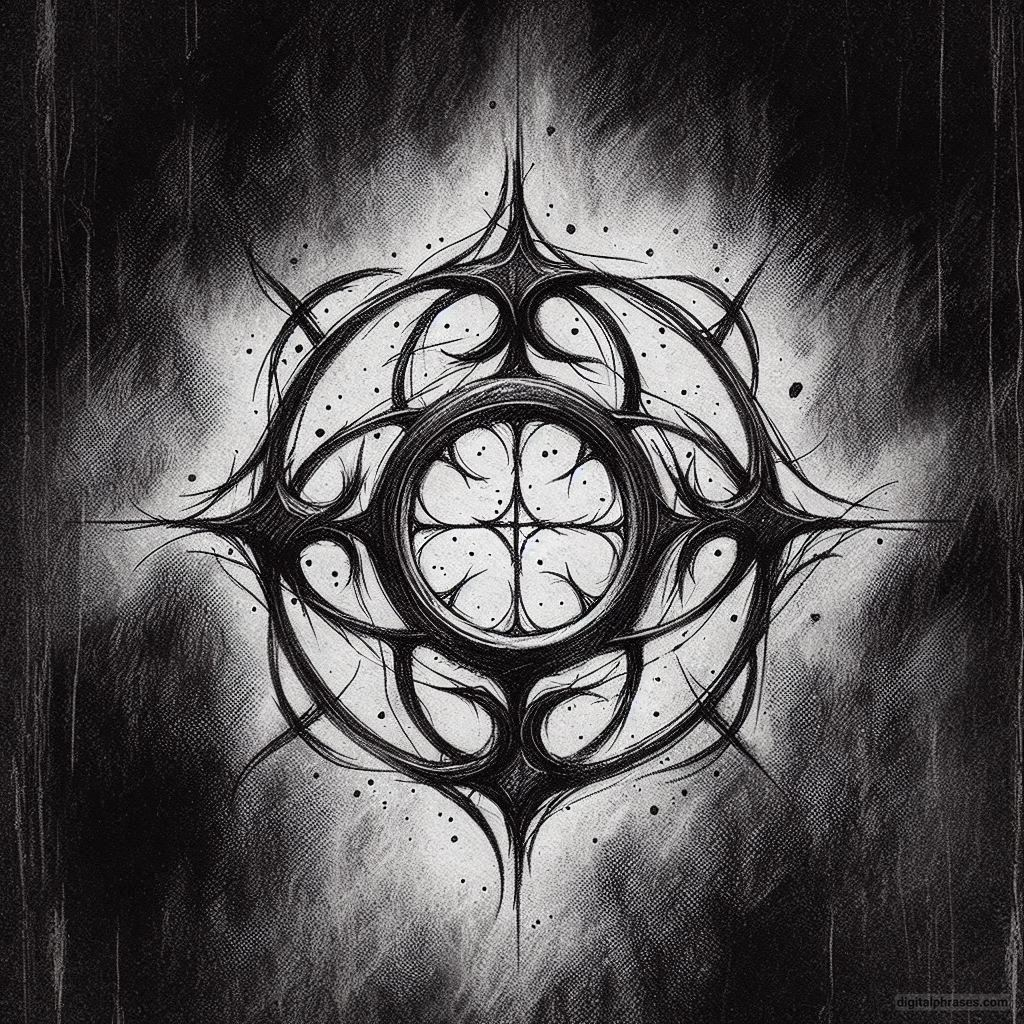
66
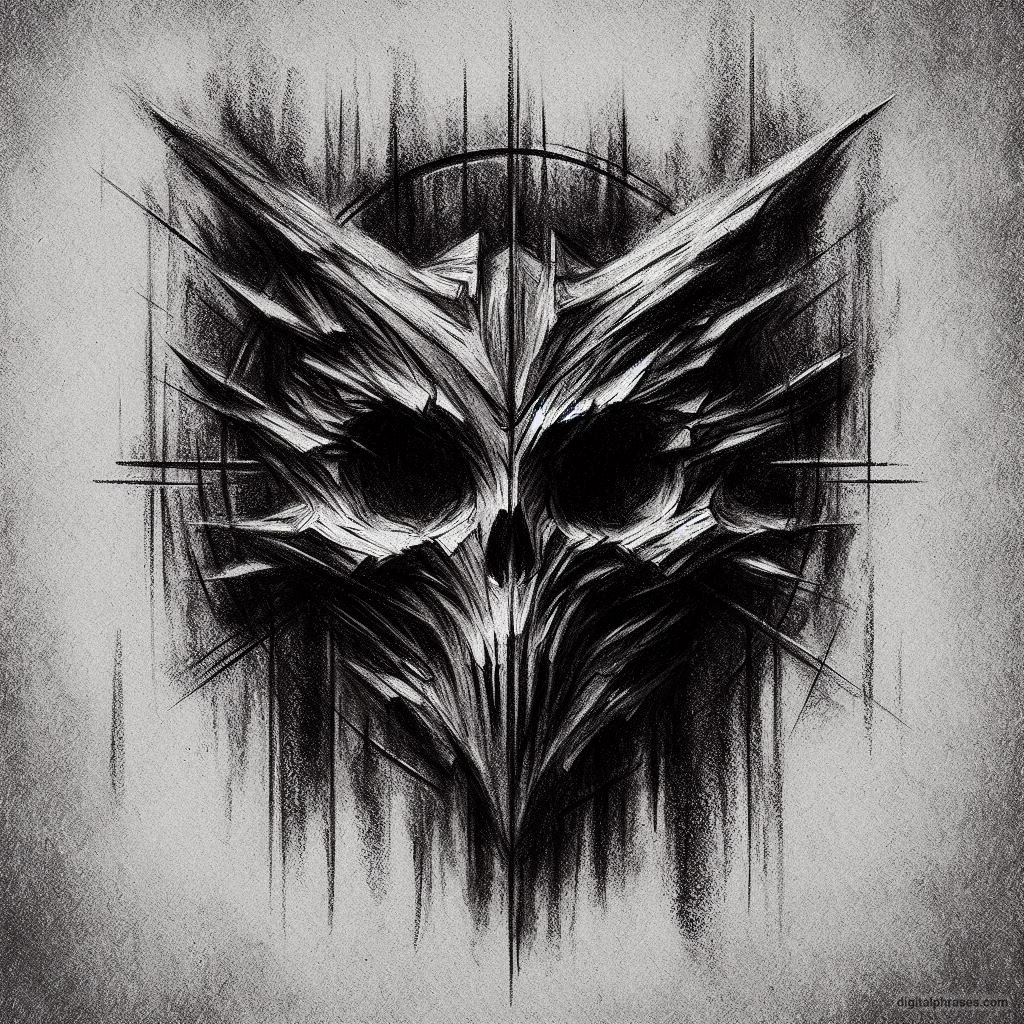
67
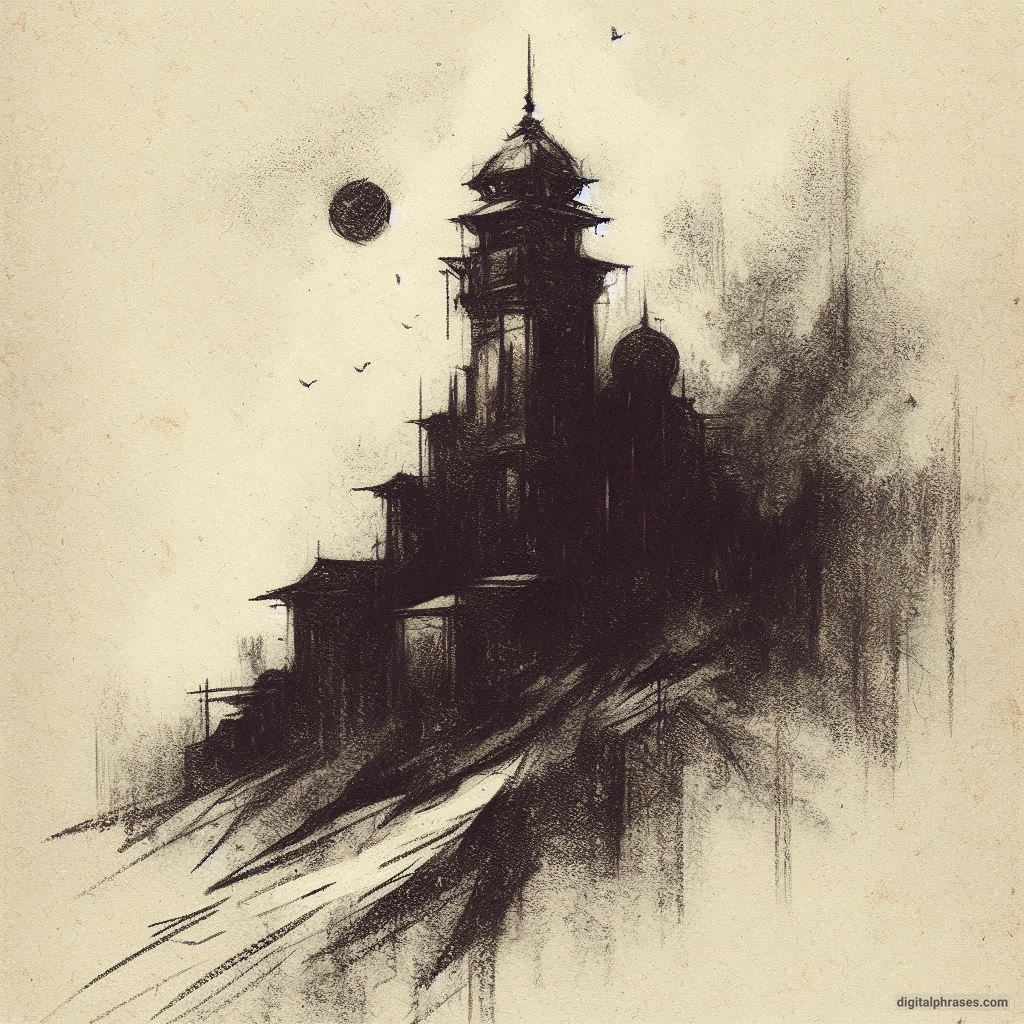
Things To Focus On While Drawing Dark Art
1. Understanding the Essence of Dark Art
Before diving into the execution, it’s crucial to understand what constitutes dark art.
Dark art doesn’t merely revolve around horror or grotesque imagery; it’s a genre that explores the shadowy aspects of the human psyche, societal issues, existential dread, and the unknown.
It often blurs the lines between beauty and terror, light and darkness, the real and the surreal.
The key to mastering dark art lies in understanding its depth.
It’s about more than just creating eerie images; it’s about evoking emotions, telling a story, and sometimes challenging the viewer’s perception of reality.
Therefore, before putting pencil to paper, take time to reflect on what your dark drawing idea represents.
What emotion or message are you trying to convey?
What elements will best express this?
2. Conceptualization and Storytelling
Dark drawings are often laden with narrative. Whether you’re depicting a dystopian world, a haunting figure, or an abstract concept of despair, your drawing should tell a story.
This story might not be immediately obvious; in fact, ambiguity is often a powerful tool in dark art.
However, it’s essential that the drawing has a conceptual backbone—something that gives it substance beyond mere aesthetics.
Start by sketching out your ideas and jotting down notes. What themes are you exploring?
Are there symbols or motifs that can add layers to your work? For instance, if you’re creating a piece centered on the theme of loss, consider how you can represent this visually.
It could be through the depiction of withering flowers, decaying landscapes, or shadowy figures.
The storytelling aspect doesn’t have to be explicit.
Sometimes, the most powerful dark art pieces are those that leave room for interpretation, allowing viewers to project their own fears and emotions onto the work.
3. Composition and Focal Points
Composition is a critical element in any form of art, and dark art is no exception.
A well-composed piece directs the viewer’s eye to the most important aspects of the drawing while maintaining a balance that makes the entire piece cohesive.
When executing dark drawing ideas, think carefully about where you want the viewer’s gaze to fall first.
Is there a central figure or object that holds the key to the narrative?
How can you use light, shadow, and positioning to emphasize this?
In dark art, asymmetry can be particularly effective in creating tension or unease.
For example, placing a focal point off-center can make a composition feel unsettling, which is often desirable in dark art.
Alternatively, a perfectly symmetrical composition might be used to convey a sense of order that is later disrupted by the subject matter itself.
4. Use of Light and Shadow (Chiaroscuro)
The play of light and shadow, also known as chiaroscuro, is fundamental in dark art.
This technique, mastered by artists like Caravaggio and Rembrandt, involves the strong contrast between light and dark to create a sense of volume, drama, and depth.
When working on dark drawing ideas, consider how you can use chiaroscuro to enhance the mood of your piece.
Shadows can conceal as much as they reveal, adding an element of mystery or horror.
Light, on the other hand, can be used sparingly to highlight certain areas, draw attention to details, or create a stark contrast with the surrounding darkness.
It’s important to practice this technique to achieve the desired effect. Study how light interacts with different surfaces and shapes.
In dark art, the light often serves to guide the viewer through the darkness, creating a pathway that may lead to something beautiful, terrifying, or both.
5. Textural Variety and Detail
Texture plays a significant role in bringing a drawing to life, especially in dark art where the sensory experience is often emphasized.
Different textures can evoke different emotions—rough, jagged textures might convey violence or decay, while smooth, flowing textures could suggest fluidity or calm before the storm.
When executing dark drawing ideas, pay close attention to the textures within your work.
Consider how you can use different techniques to create a variety of textures that complement the overall theme.
For example, cross-hatching might be used to create rough, shadowy areas, while smooth shading could be employed for elements that are more ethereal or ghostly.
Details also matter immensely in dark art. Intricate patterns, subtle nuances in expression, or hidden elements within the drawing can all add layers of meaning and depth.
These details invite the viewer to look closer, to explore the darkness more deeply, and to uncover the story embedded within the work.
6. Emotional Resonance
Dark art is deeply tied to emotion. Whether it’s fear, sorrow, anger, or existential dread, the emotional impact of the piece is what will ultimately connect it with the viewer.
As an artist, it’s important to channel your own emotions into the work. The more personal and authentic the emotion, the more powerful the piece will be.
To achieve this, immerse yourself in the mood you wish to convey. Music, literature, or even personal experiences can serve as inspiration.
When you feel the emotion yourself, it will naturally find its way into your work, whether through the force of your lines, the intensity of your shadows, or the haunting expressions of your subjects.
It’s also worth considering the pacing of emotion within the piece. Just as in a story, there can be moments of calm and moments of intensity, each playing off the other to create a dynamic experience.
Think about how you can use the composition, light, and texture to build up to an emotional crescendo or to create a lingering sense of unease.
7. Symbolism and Metaphor
Dark art often relies on symbolism and metaphor to convey deeper meanings.
These can be overt or subtle, but they add a layer of intellectual engagement to the work, inviting the viewer to interpret and reflect.
When planning your dark drawing, think about the symbols that can enhance your message.
For example, skulls often symbolize mortality, but how can you use them in a way that feels fresh and unique?
Perhaps they’re integrated into a larger scene, subtly hidden, or depicted in a distorted manner to convey a different message.
Metaphors in dark art can also be visual, with elements of the drawing representing abstract concepts.
A decaying tree might symbolize the passage of time, or a figure trapped in a maze could represent a struggle with mental illness.
The key is to ensure that these symbols are thoughtfully integrated into the work, contributing to the overall narrative and emotional impact.
8. Color (or Lack Thereof)
Color—or the deliberate absence of it—plays a significant role in dark art. While many dark drawings are done in monochrome, the use of color can be incredibly effective when used strategically.
Limited color palettes, muted tones, and contrasting colors can all serve to enhance the mood of the piece.
When working with color, consider how it interacts with the overall theme and emotion of the drawing.
Dark, muted tones can create a sense of melancholy or dread, while splashes of vibrant color might be used to highlight a particular element or create a sense of unease.
In some cases, the absence of color (black and white) can be the most powerful choice.
This starkness can strip the image down to its raw essence, focusing the viewer’s attention on the form, texture, and contrast rather than on the distraction of color.
It’s also a nod to classic dark art, where monochrome drawings and etchings were often used to depict scenes of horror and the macabre.
9. Experimentation with Mediums and Techniques
One of the joys of dark art is the freedom to experiment with different mediums and techniques.
While traditional pencils and inks are popular choices, consider how other materials might enhance your work.
Charcoal, for instance, is excellent for creating deep, velvety blacks and dramatic shading, while pastels might be used to introduce eerie, ghostly colors.
Mixed media can also be an interesting approach. Combining drawing with elements of collage, paint, or even digital manipulation can add texture and depth to the work, creating a more immersive experience.
The key is to experiment and find the combination of techniques that best suits the mood and message of your piece.
Don’t be afraid to push the boundaries of traditional drawing.
Dark art is about exploring the unknown, and this extends to the artistic process itself. Embrace accidents, try unconventional tools, and see where these experiments take you.
10. Reflection and Revision
Finally, once you’ve completed your dark drawing, take the time to reflect on the work.
Dark art is often complex, both in its creation and its meaning, and it’s important to step back and assess whether the piece achieves what you set out to do.
Consider showing the drawing to a trusted friend or fellow artist to get feedback.
Are the emotions and themes coming through?
Is there anything that feels out of place or could be enhanced?
Constructive criticism can be invaluable in refining your work and pushing it to its full potential.
Don’t be afraid to revise your drawing.
Sometimes, stepping away from a piece for a while and returning with fresh eyes can reveal new possibilities or highlight areas that need adjustment.
Dark art, like any creative endeavor, is a process, and each piece is an opportunity to learn and grow as an artist.
Conclusion
Executing dark drawing ideas is a journey into the depths of creativity, emotion, and the human experience.
It’s an exploration of the shadows that lie within us all, and when done effectively, it can result in powerful, evocative art that resonates on a deep level.
By focusing on storytelling, composition, light and shadow, texture, emotion, symbolism, color, experimentation, and reflection, you can bring your dark drawing ideas to life in a way that is both compelling and profound.
Remember, dark art is not about following a formula; it’s about expressing the inexpressible, giving form to the formless, and finding beauty in the darkness. So embrace the shadows, and let your creativity guide you through them.

